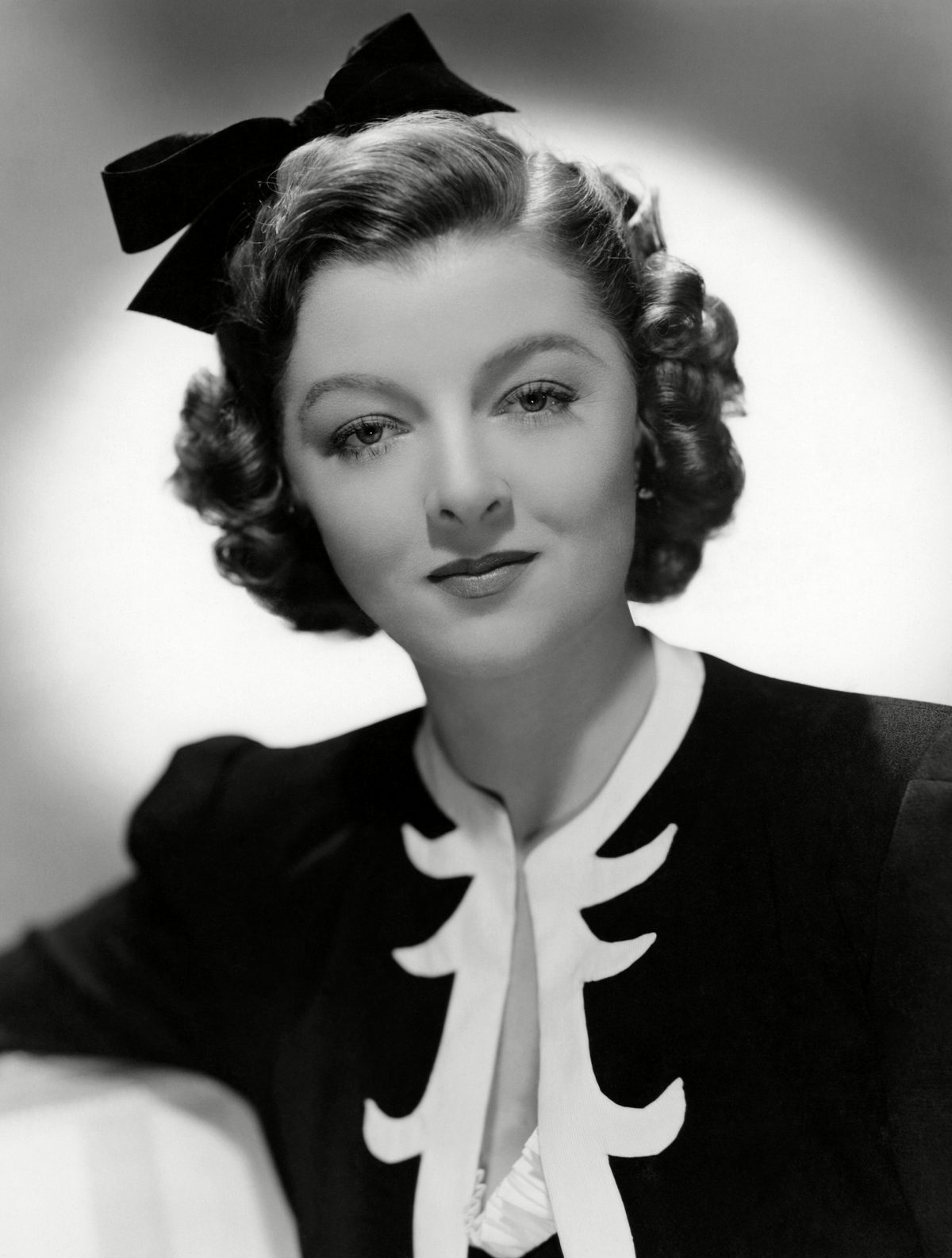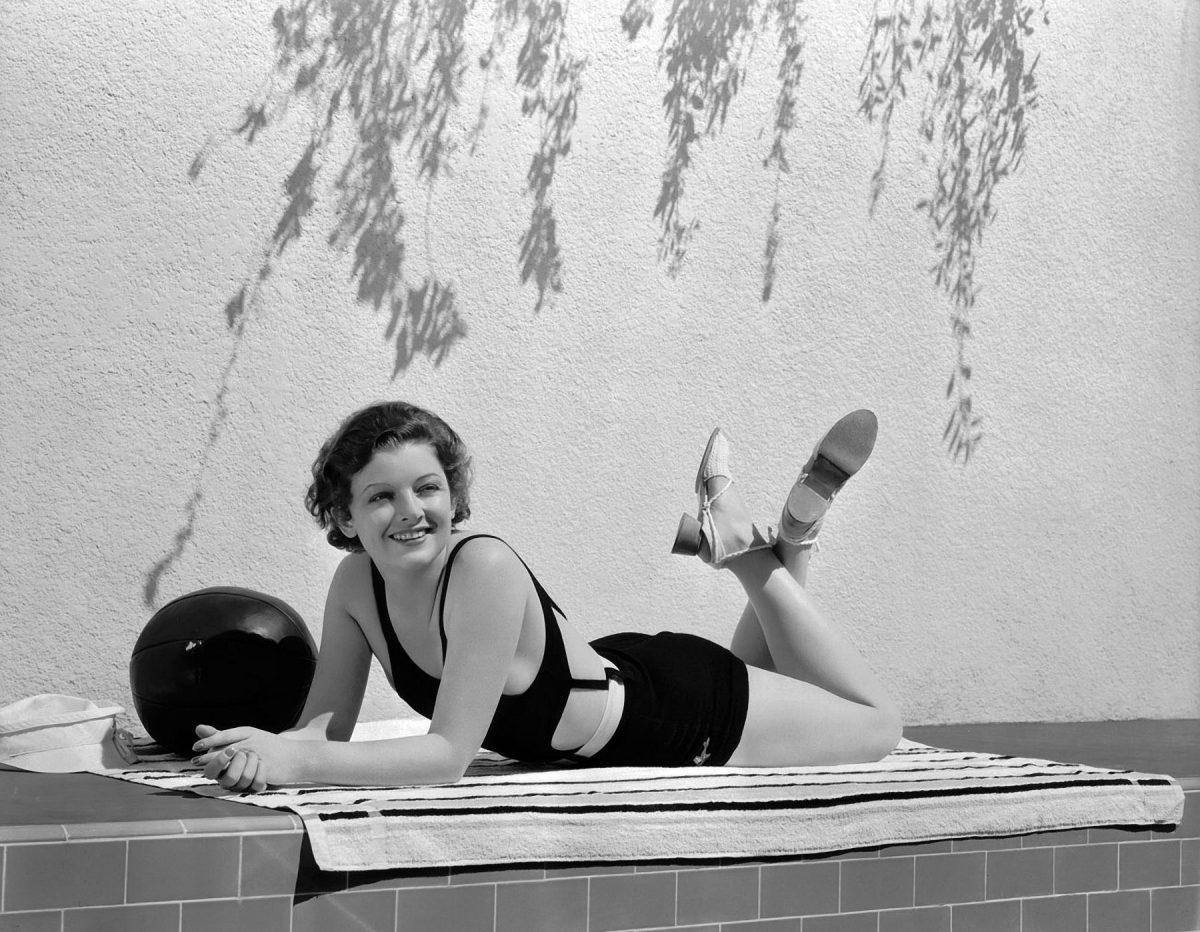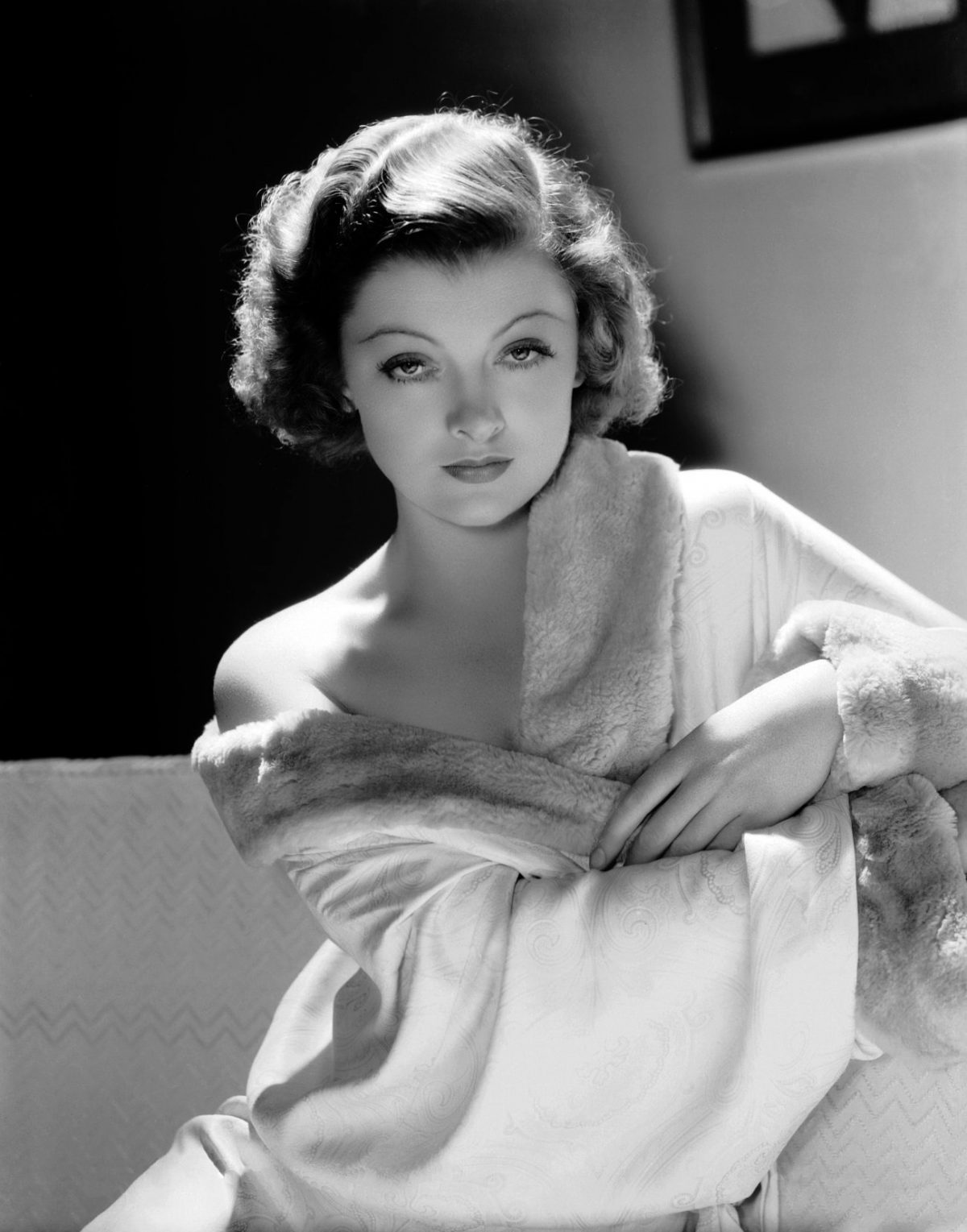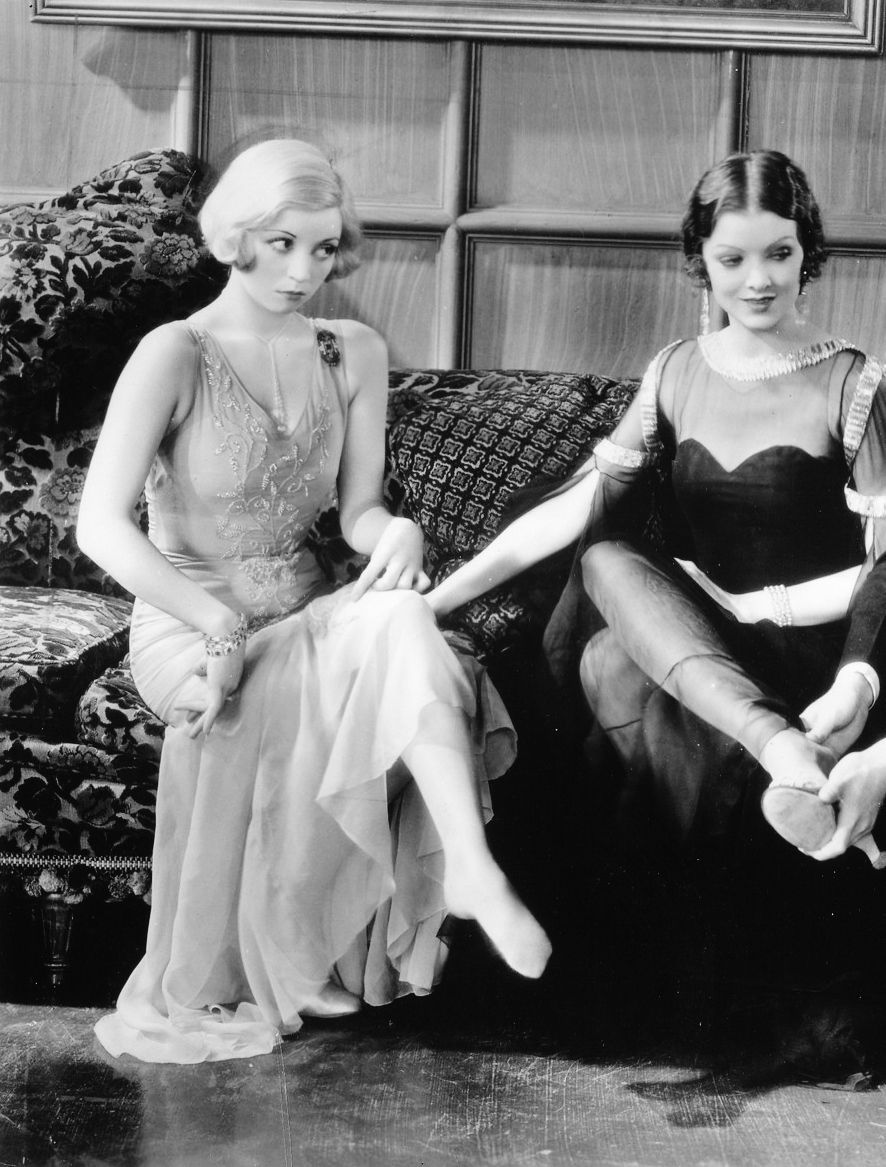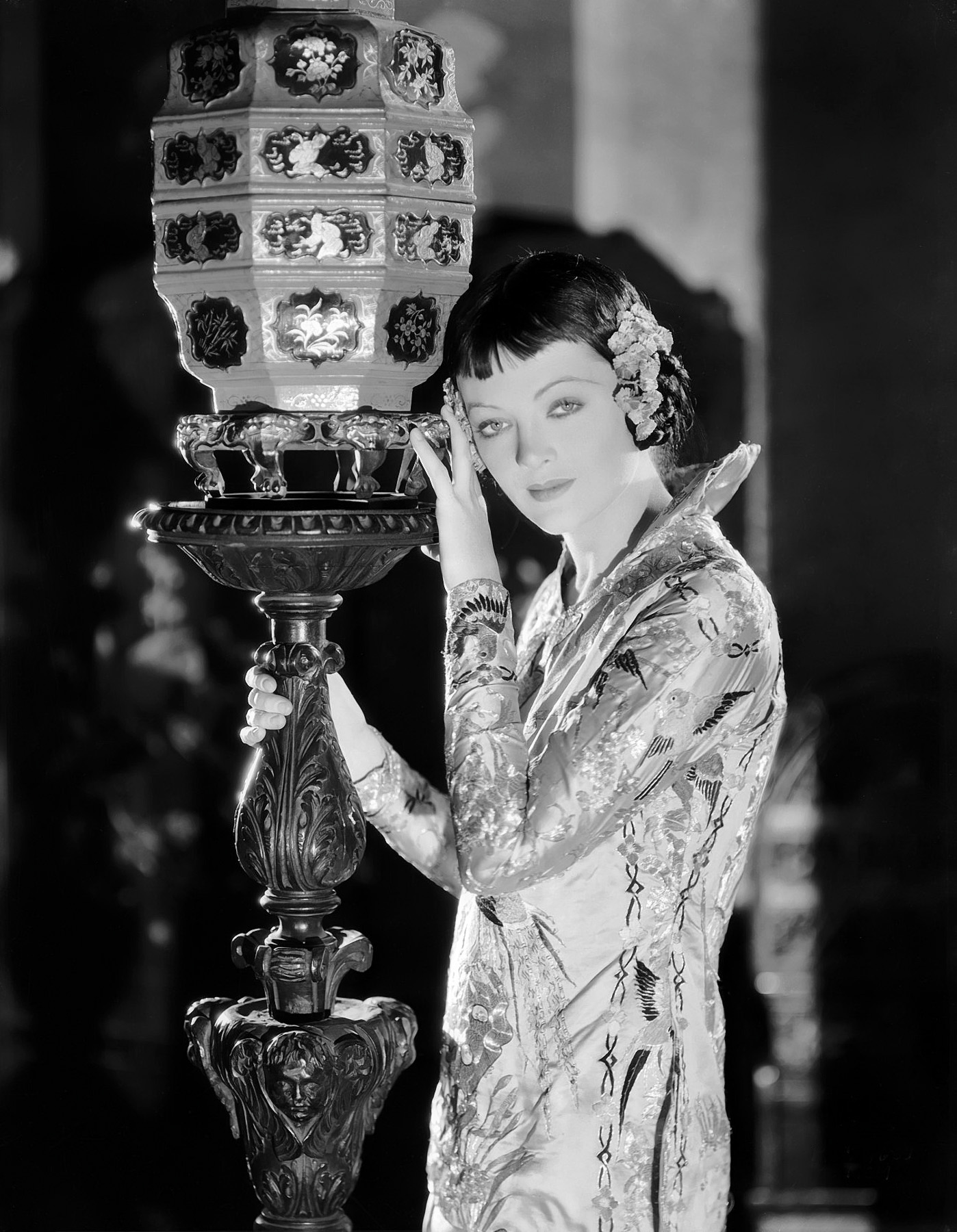
6th June 1932: Myrna Loy plays the evil Fah Lo See in The Mask of Fu Manchu, directed by Charles Brabin and Charles Vidor for MGM. (Photo by Clarence Sinclair Bull)
Myrna Loy, born Myrna Adele Williams on August 2, 1905 in Helena, Montana, was only thirteen when her father died of influenza in 1918. Her family subsequently moved to Los Angeles and already learning to dance it wasn’t long before she also took up acting. In 1923 she started dancing at Grauman’s Egyptian Theatre and after being noticed by Rudolph Valentino and his wife Natacha Rambova they helped her get her first role (albeit uncredited) in the 1925 film What Price Beauty? In the same year she appeared in Pretty Ladies along with Joan Crawford. She became one of the few stars who appeared in silent movies and make a successful transition into the sound era. Although in most of her early films she played what were called ‘exotic’ roles including Ham and Eggs at the Front (1927) where she literally blacked up. Her last role in this vein was when she played Fah Lo See in the Mask of Fu Manchu (1932). By this point she was more than fed up being typecast in these roles. The film critic Farran Smith Nehme wrote of when Loy initially read the script:
Immediately after Thirteen Women, Loy did The Mask of Fu Manchu, and found herself confronted with a script that asked her to whip a man “while uttering gleefully suggestive sounds.” She’d had it with this sort of stuff, and furthermore she’d been reading Freud and picked up a thing or two. She went to producer Hunt Stromberg and refused to film it: “I’ve done a lot of terrible things in films, but this girl’s a sadistic nymphomaniac.” Stromberg said, “What’s that?”, which lack of familiarity with less-conventional sexuality makes you wonder how Hunt Stromberg ever got anywhere as a Hollywood producer, but never mind. Loy replied, “Well, you better find out, because that’s what she is and I won’t play her that way.” Studio contracts being what they were, she did play her that way, but she succeeded in getting Stromberg to trim some excesses. “She wasn’t Rebecca of Sunnybrook Farm,” said Miss Loy, “but, as I remember, she just watched while others did the whipping.”
Only two years later she was chosen to play along side William Powell in The Thin Man. Myrna Loy once said that “I never enjoyed my work more than when I worked with William Powell. He was a brilliant actor, a delightful companion, a great friend and, above all, a true gentleman.” Director W. S. Van Dyke chose Loy after he detected a wit and sense of humor at a Hollywood party that her previous films had not revealed. Although Louis B. Mayer initially thought her unsuitable, Van Dyke insisted and the film went on to become one of the year’s biggest hits – even nominated for the Academy Award for Best Picture. Loy received excellent reviews and was acclaimed for her comedic skills. William Powell and Myrna Loy became one of Hollywood’s most popular screen couples and appeared in 14 films together. Loy later referred to The Thin Man as the film:
That finally made me … after more than 80 films.” . . . Nora had a gorgeous sense of humor; she appreciated the distinctive grace of her husband’s wit. She laughed . . . at him and with him when he was funny. What’s more, she laughed at herself. Besides having tolerance, she was a good guy. She was courageous and interested in living and she enjoyed doing all the things she did. You understand, she had a good time, always.
According to the film critic Philip French her greatest performance came in William Wyler’s The Best Years of our Lives (1946), about returning war veterans. Her scenes with husband Fredric March – putting him to bed after a drunken reunion, discussing the nature of what makes a marriage survive with their daughter – constitute a masterclass in screen acting.
During World War Two Loy raised millions of dollars in war bonds and worked tirelessly for the Red Cross. A friend of Eleanor Roosevelt she became active in liberal politics and an unabashed supporter of the Civil Rights Movement. She also spoke out against the House Un-American Activities Committee.
By the time Loy died in 1993, at the age of 88, and two years after being awarded an honorary Oscar she had appeared in an incredible 129 movies.
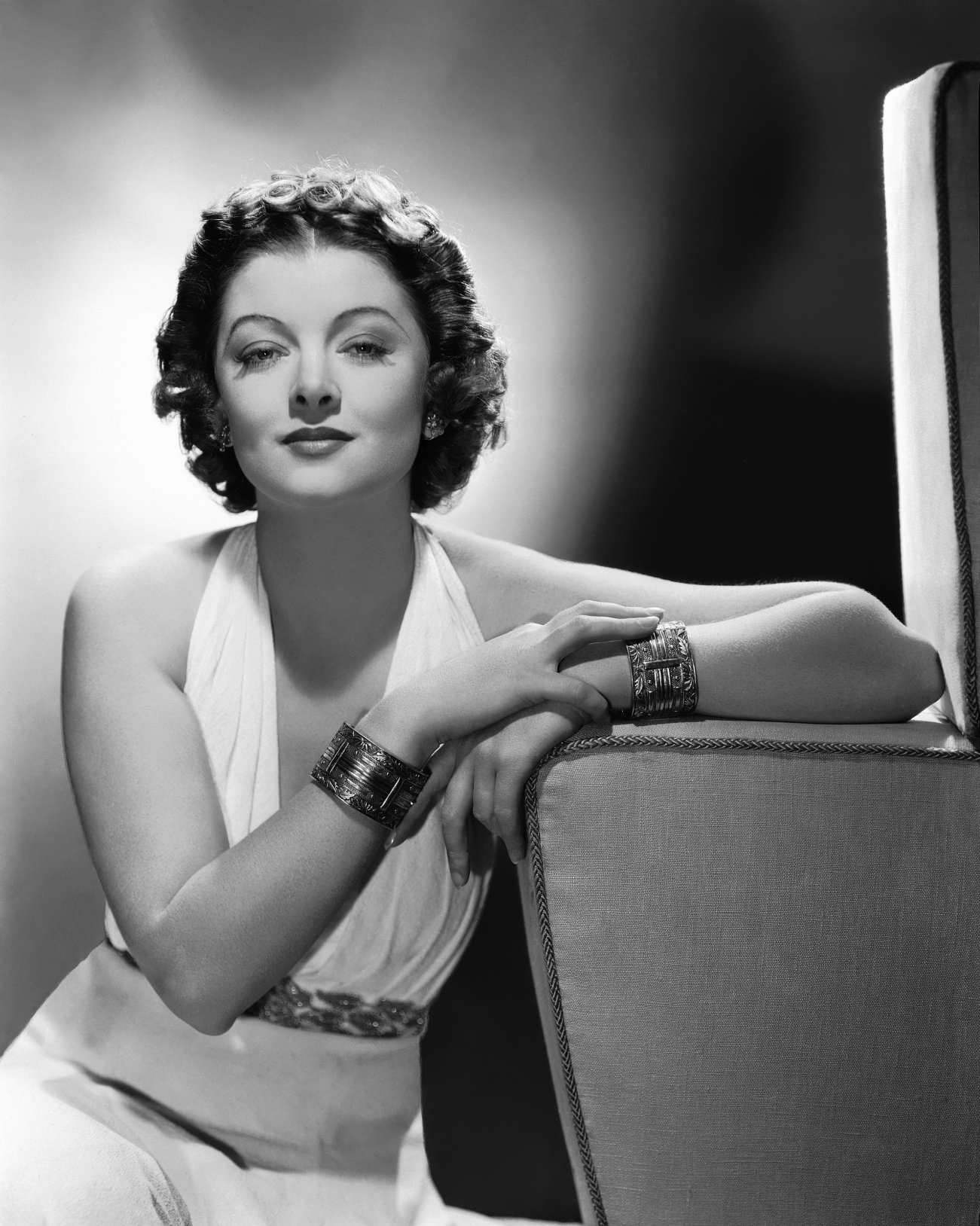
.
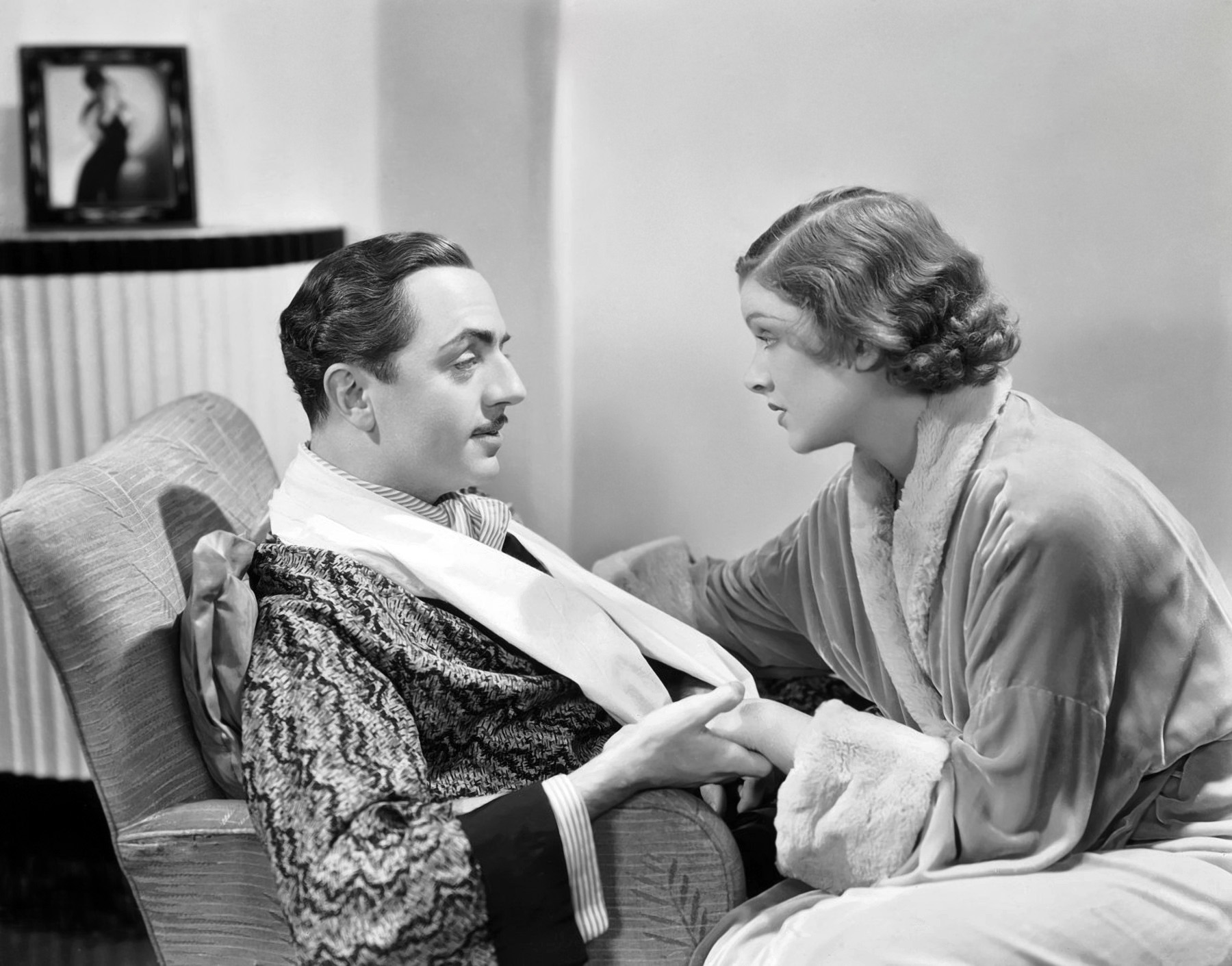
9th May 1934: Myrna Loy (1905 – 1993) and William Powell (1892 – 1984) play sleuthing couple Nick and Nora Charles in ‘The Thin Man’, directed by W S Van Dyke.
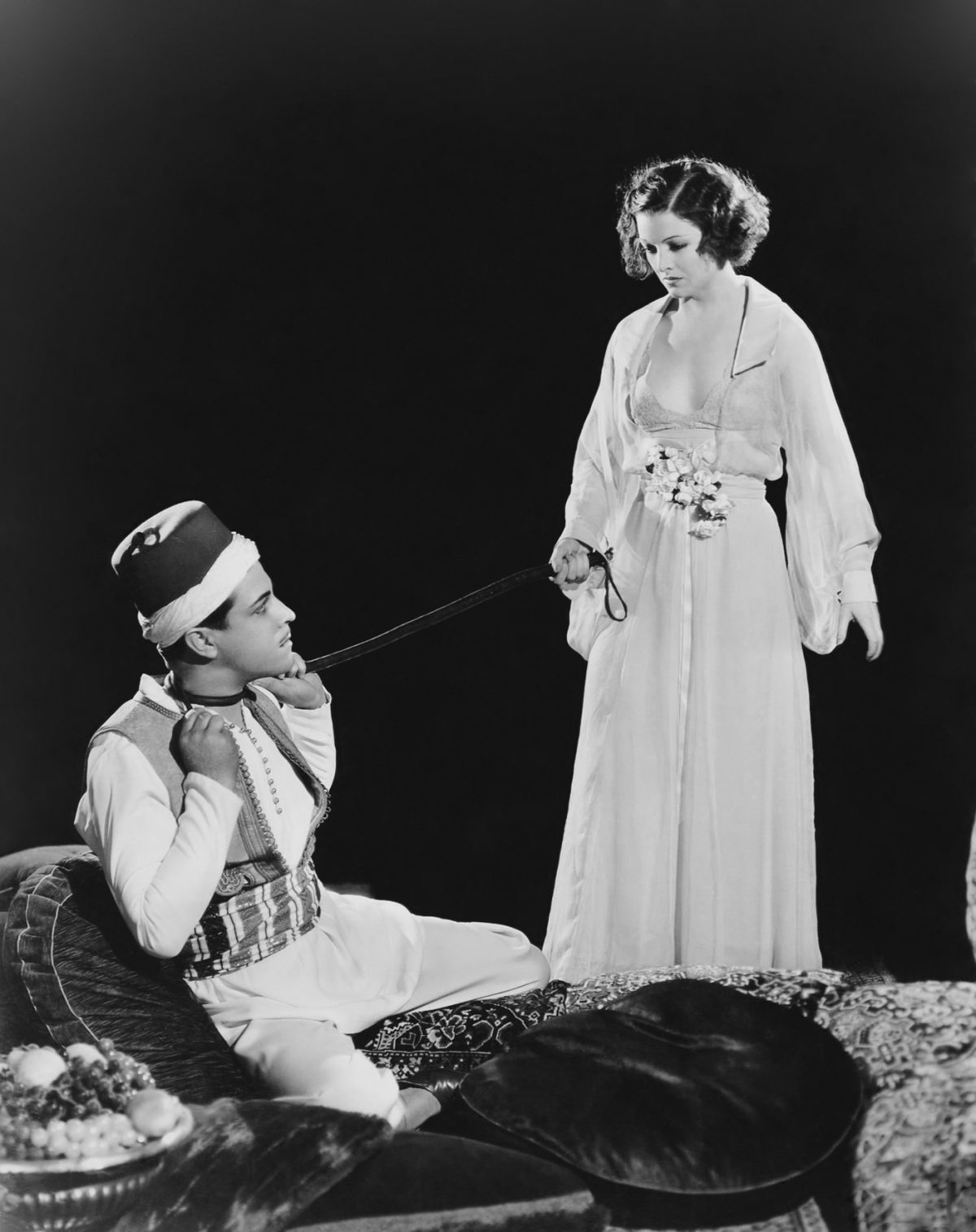
Myrna Loy in the Barbarian
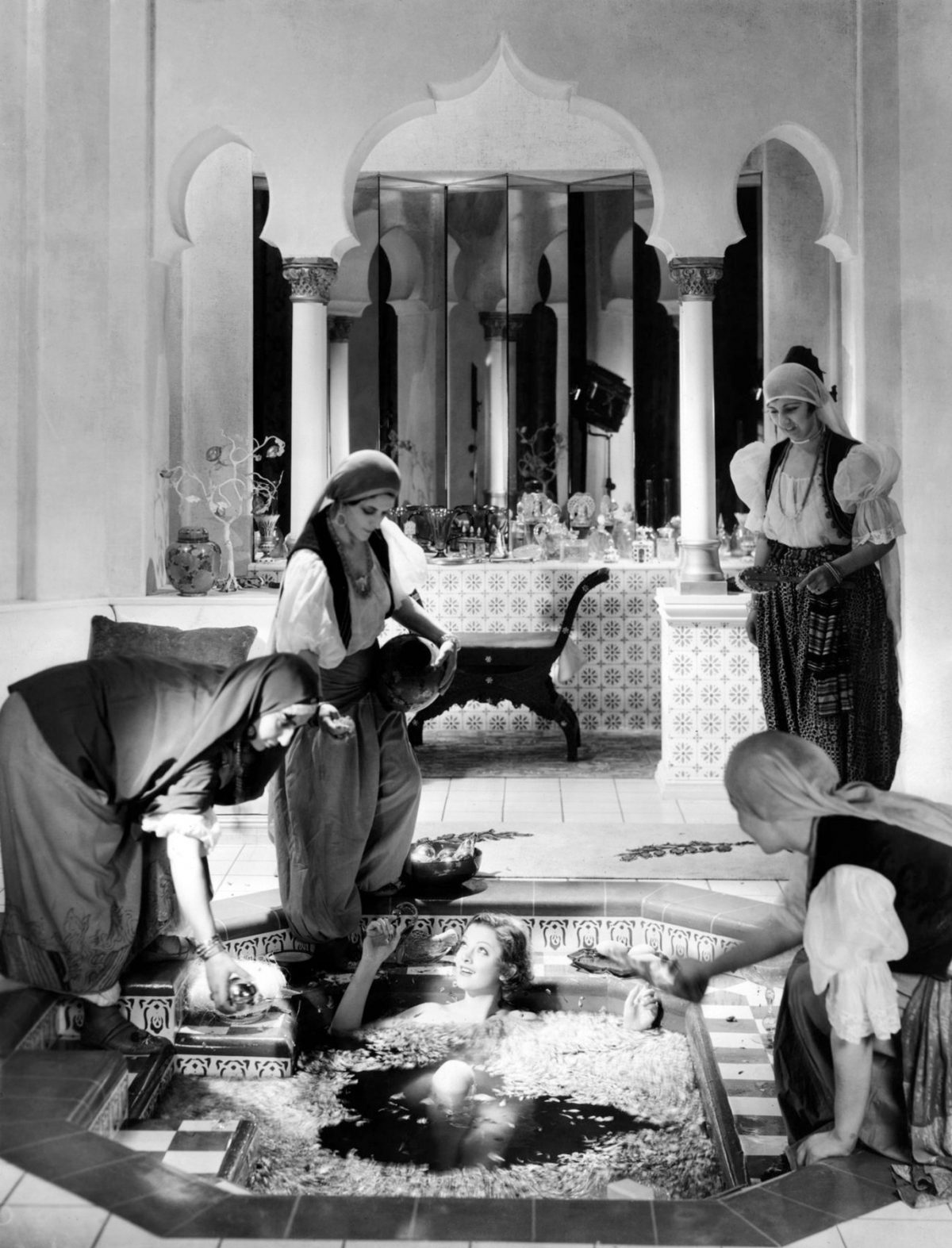
1933: Hollywood actress Myrna Loy (1905 – 1993) luxuriates in a sunken bath with the help of her female attendants, in the Metro-Goldwyn-Mayer production ‘The Barbarian’.
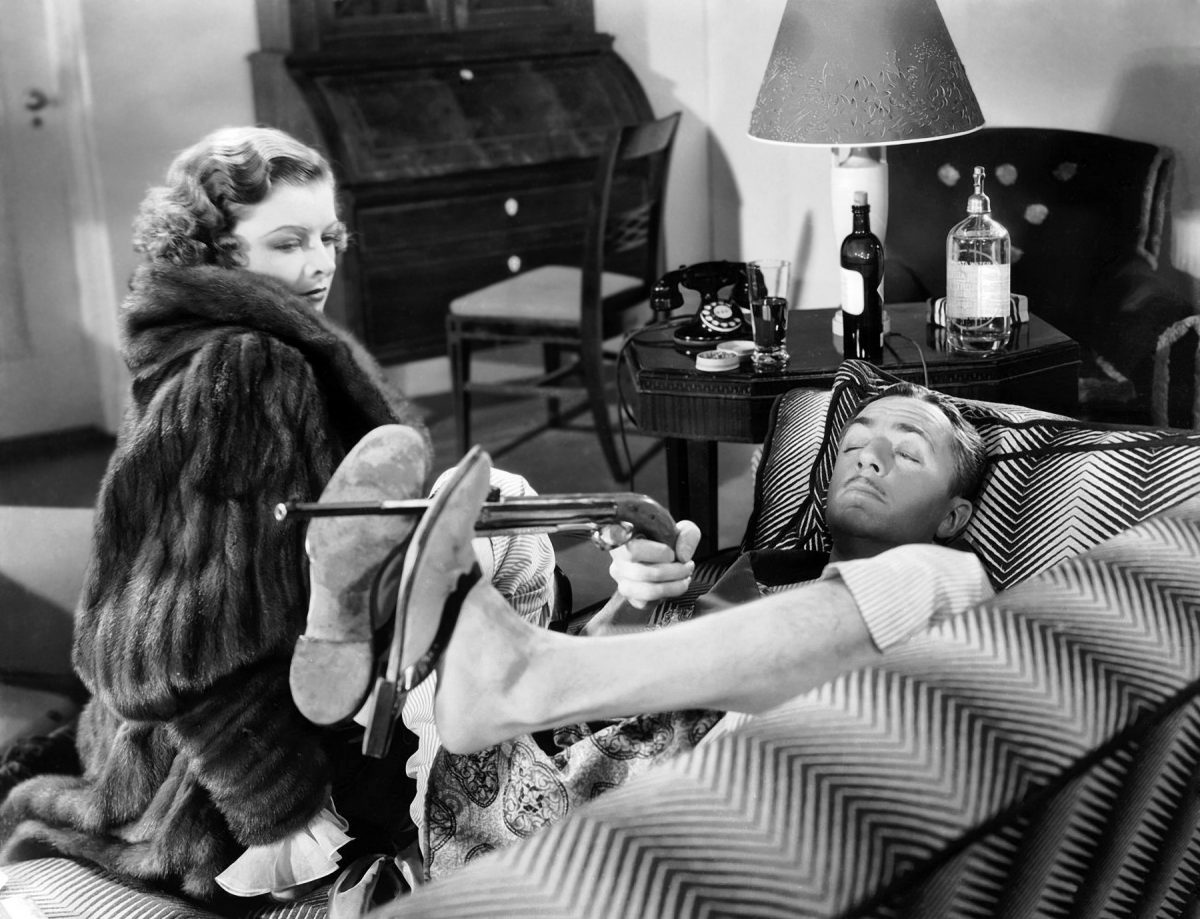
25th April 1934: Myrna Loy (1905 – 1993) and William Powell (1892 – 1984) play sleuthing couple Nick and Nora Charles in ‘The Thin Man’, directed by W S Van Dyke. In this scene Nick practises his aim using his feet to steady the muzzle of the gun.
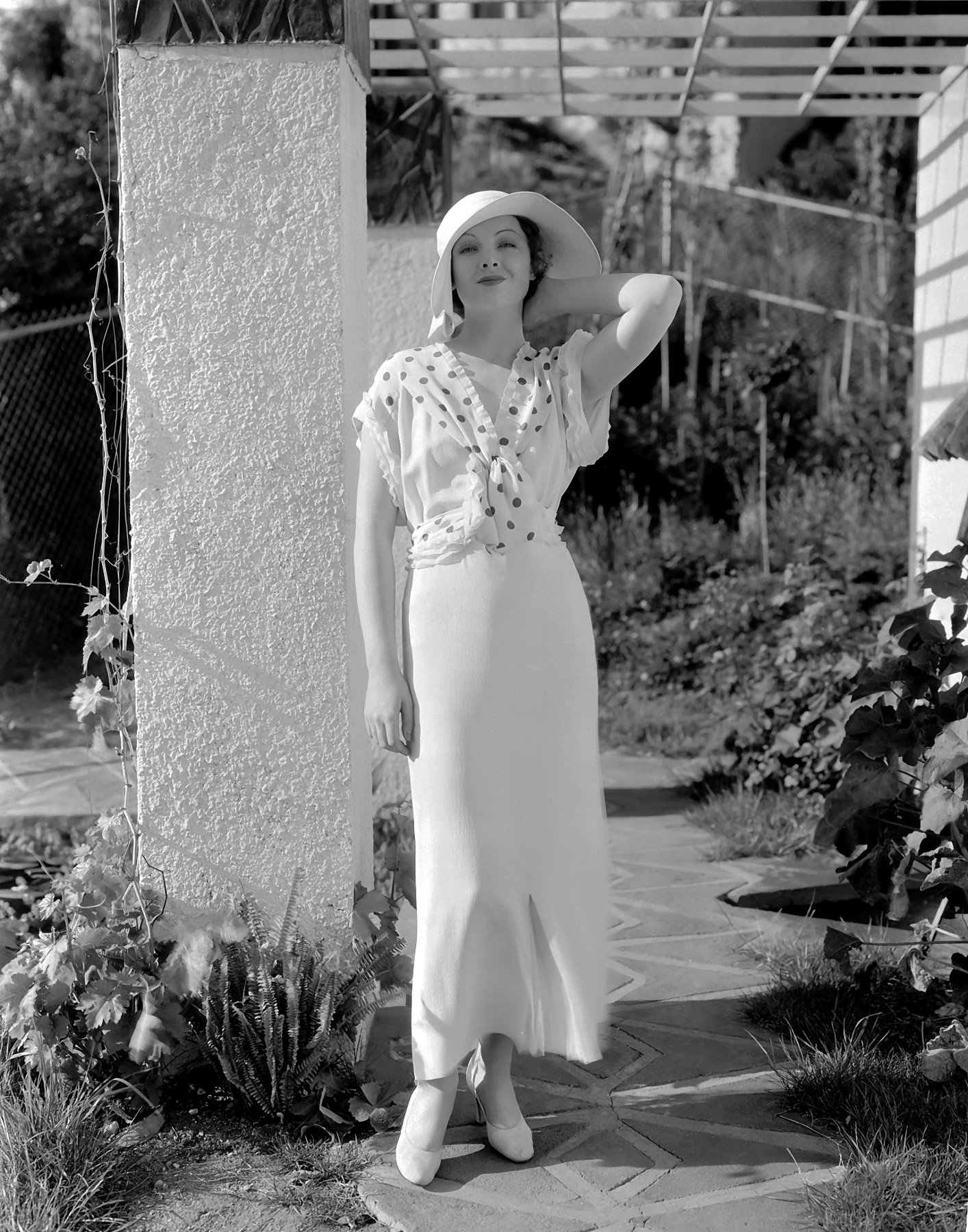
Myrna Loy from When Ladies Meet (1933) – “You know me. I’m the girl who writes books, very smart books about modern people, very smart people. I know exactly how everybody feels, exactly what everybody’s thinking. That’s how smart I am! I couldn’t be fooled. I know all the jokes. Even when they’re on me.”
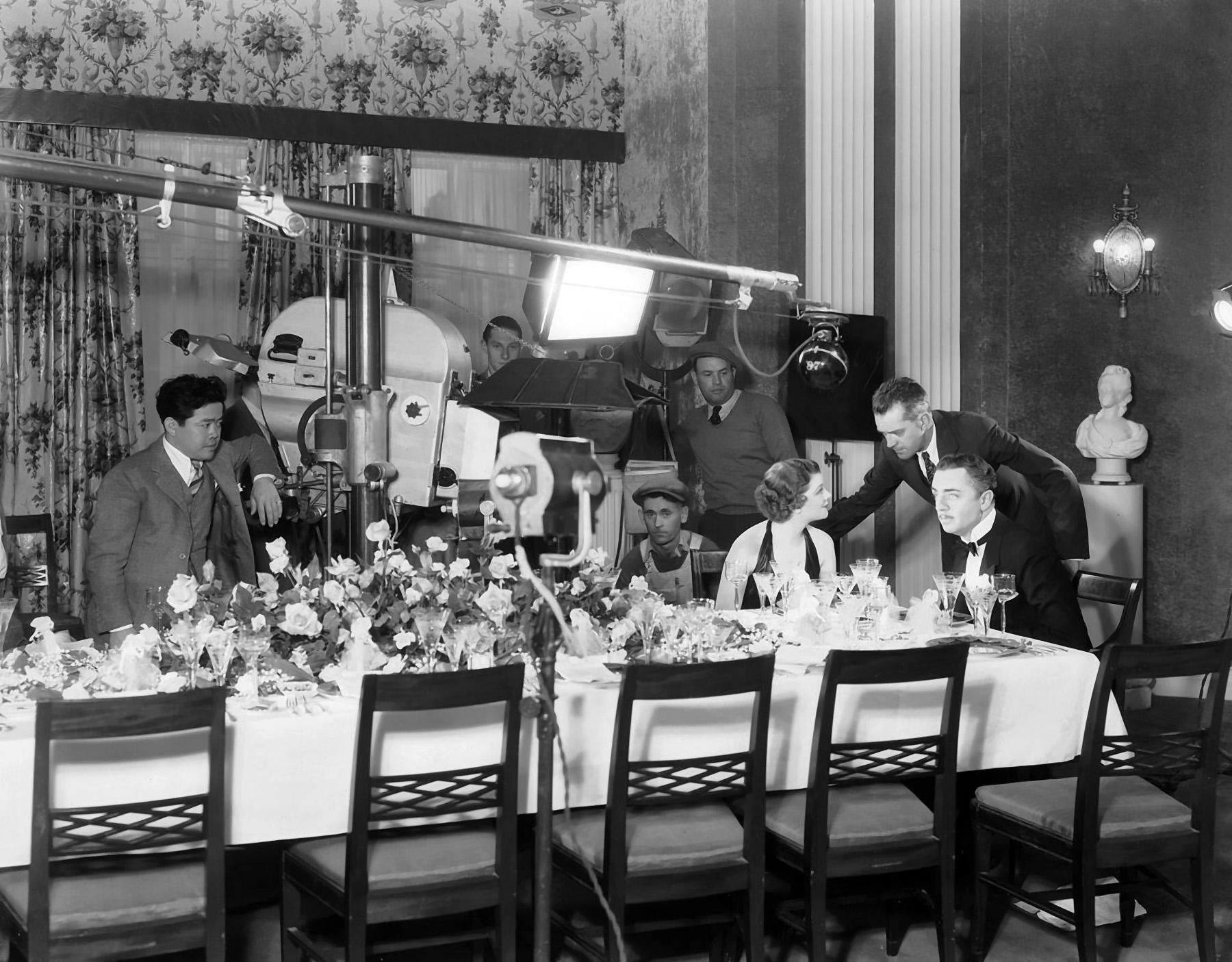
22nd April 1934: W S Van Dyke (1889 – 1943) directs actors Myrna Loy (1905 – 1993) and William Powell (1892 – 1984) in the crime comedy ‘The Thin Man’.
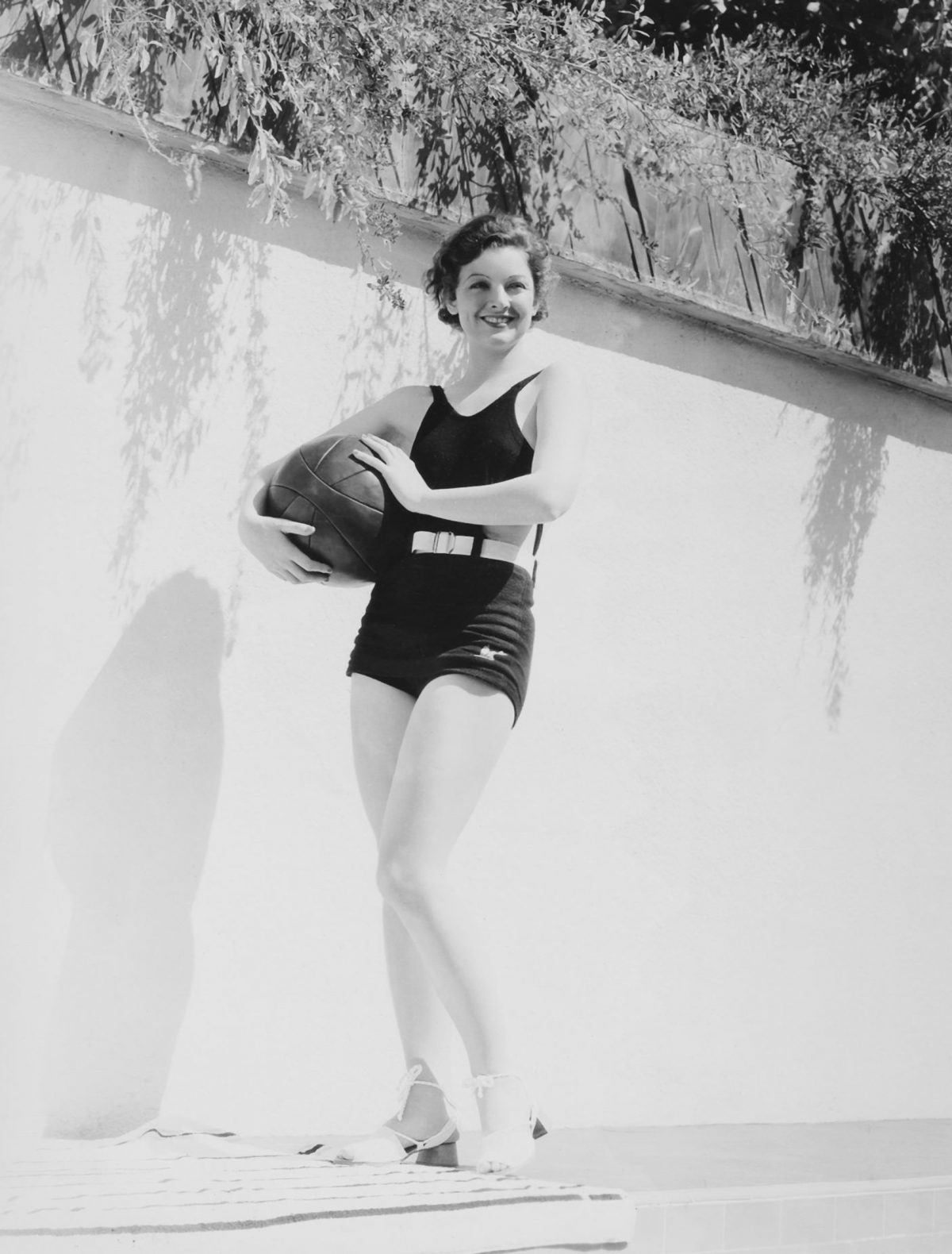
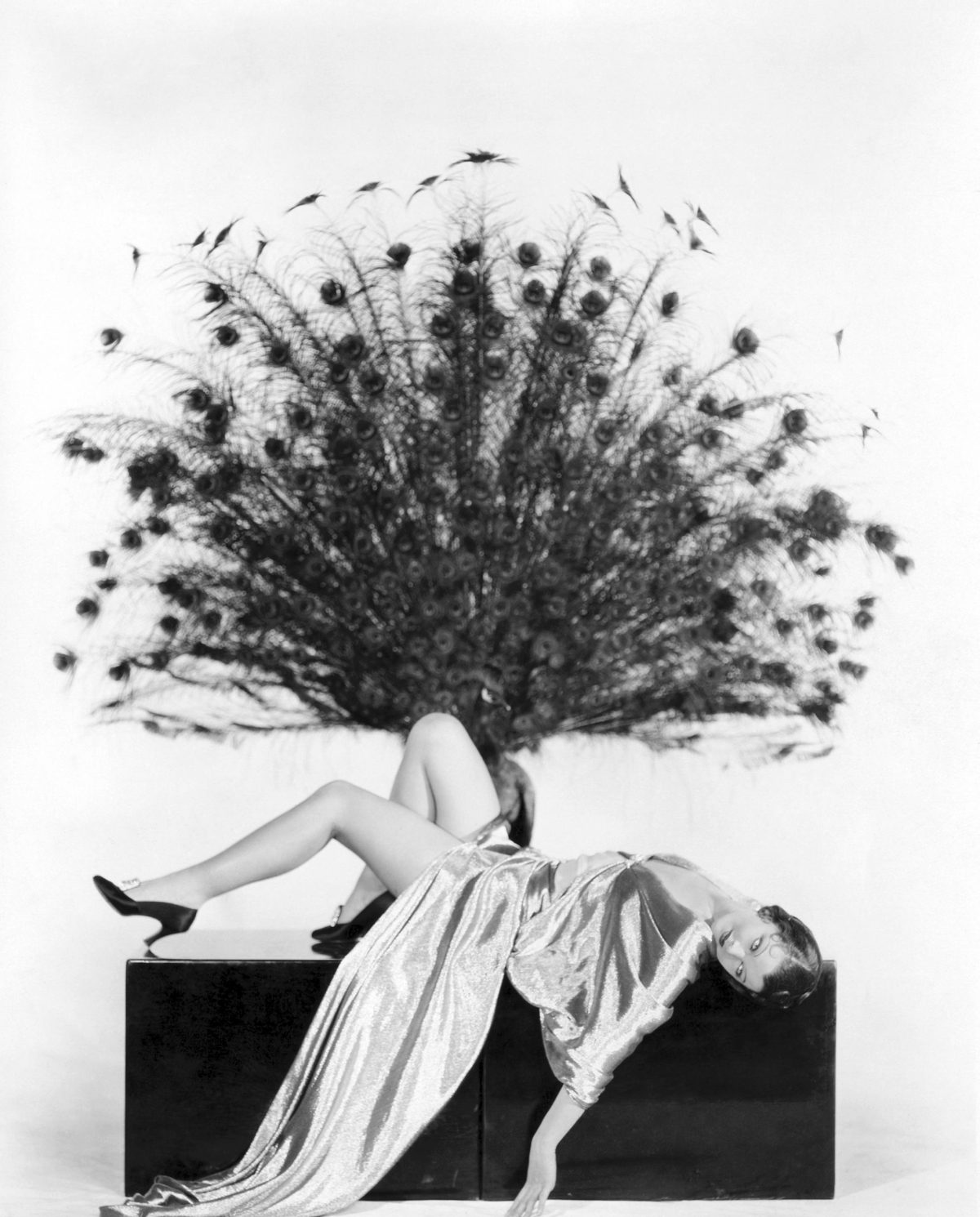
.
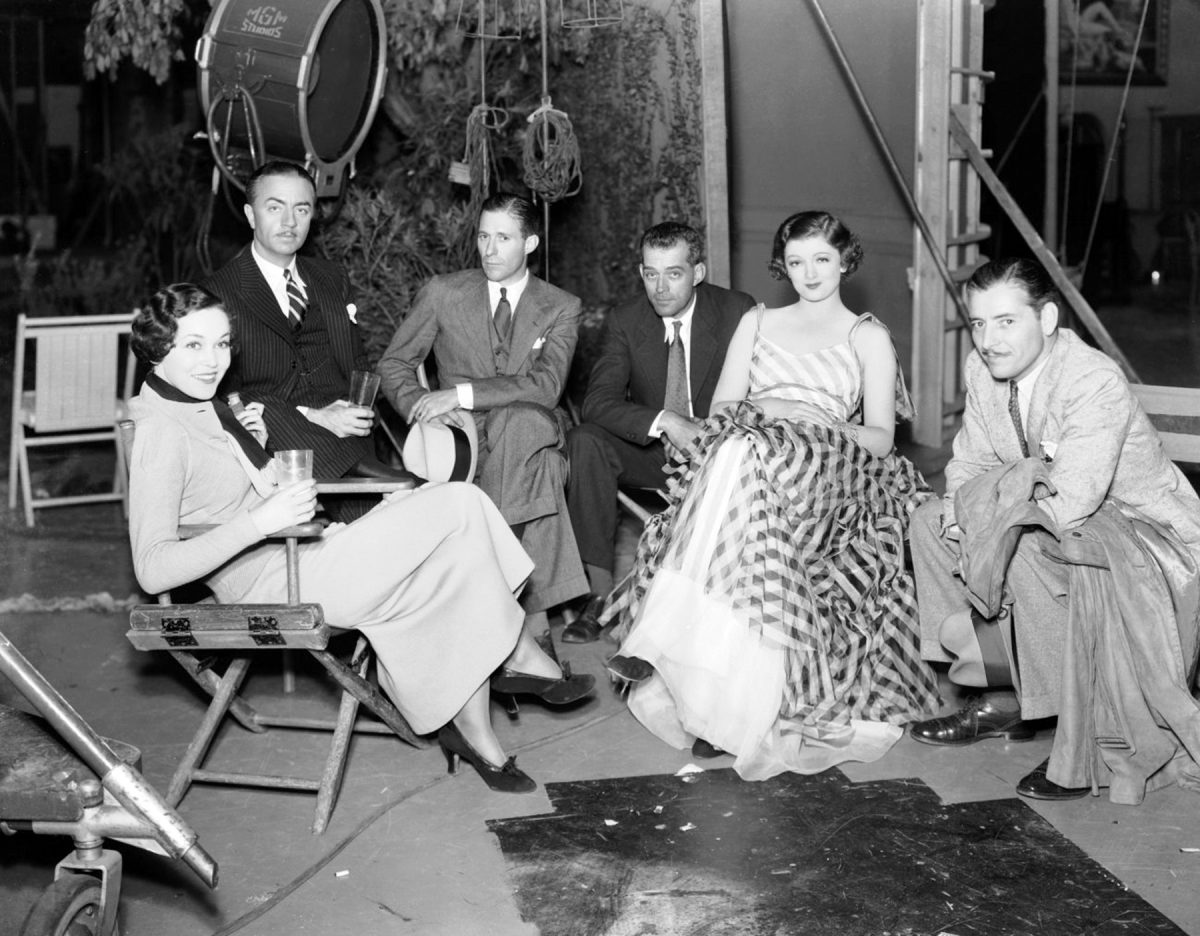
19th April 1934: Actors Maureen O’Sullivan (far left), William Powell (next left), Myrna Loy (second from the right) and Ronald Colman (far right) on the set of ‘The Thin Man’ with the director, W. S. Van Dyke.
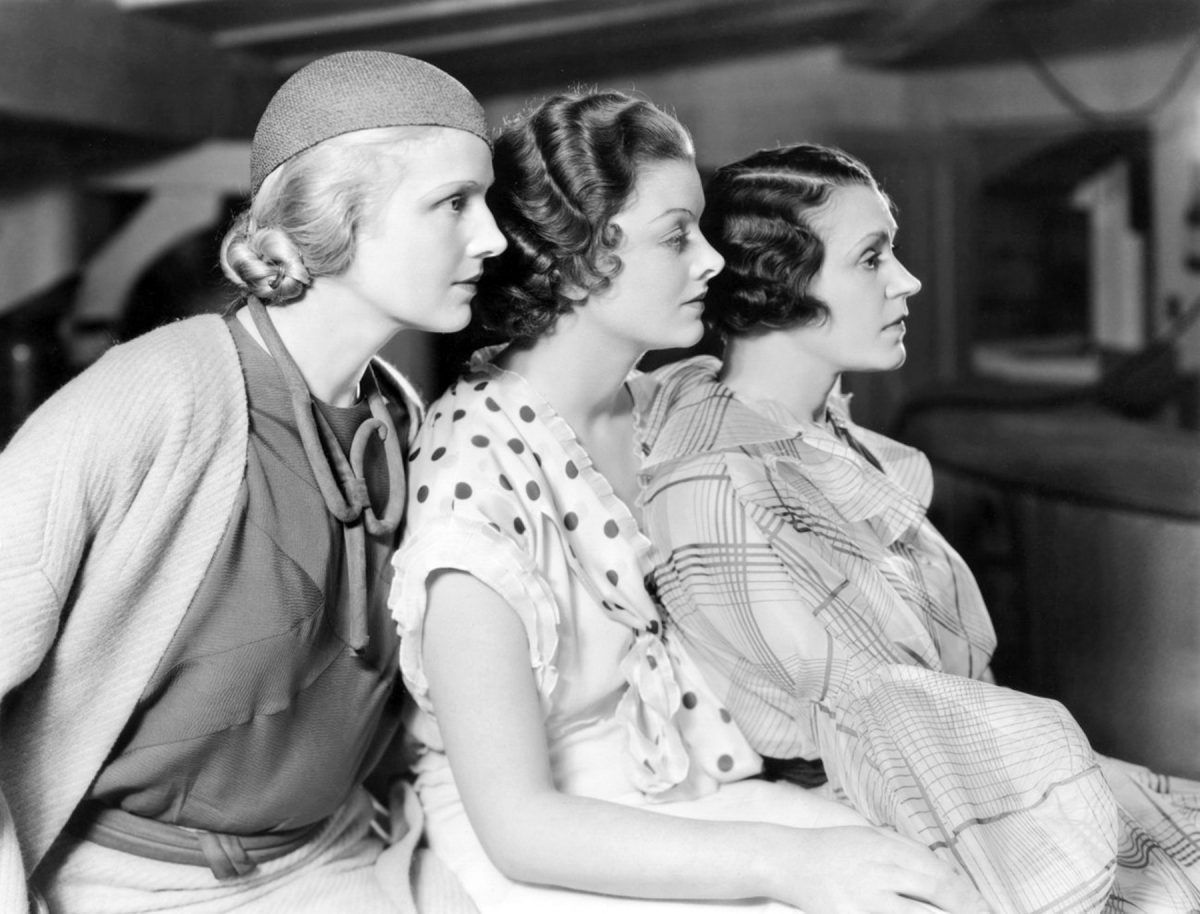
1933: Myrna Loy playing a successful novelist who falls in love with her married publisher, with Ann Harding and Alice Brady in ‘ When Ladies Meet.’ Title: When Ladies Meet Studio: MGM Director: Robert Z Leonard
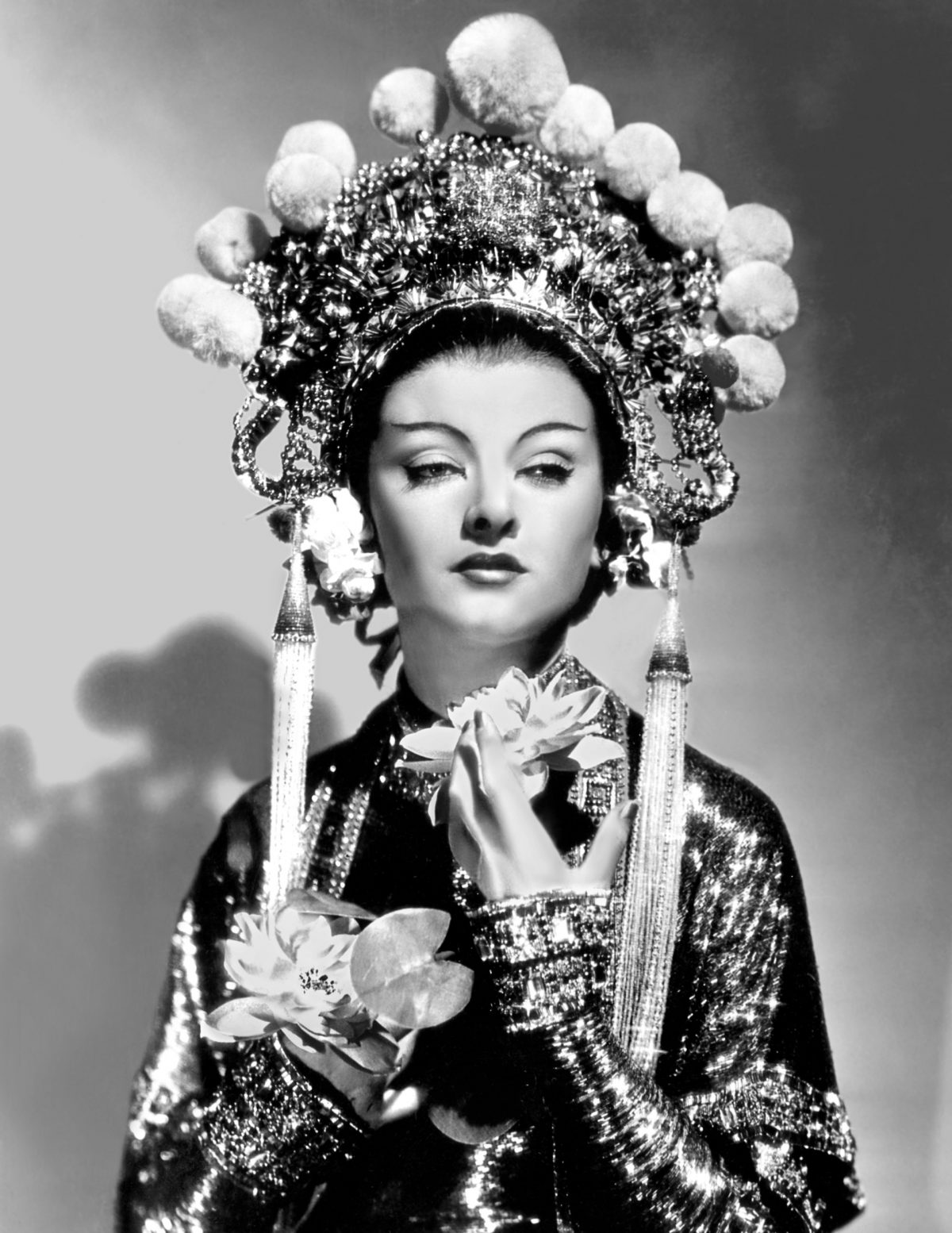
Myrna Loy from Mask of Fu Manchu – 1932
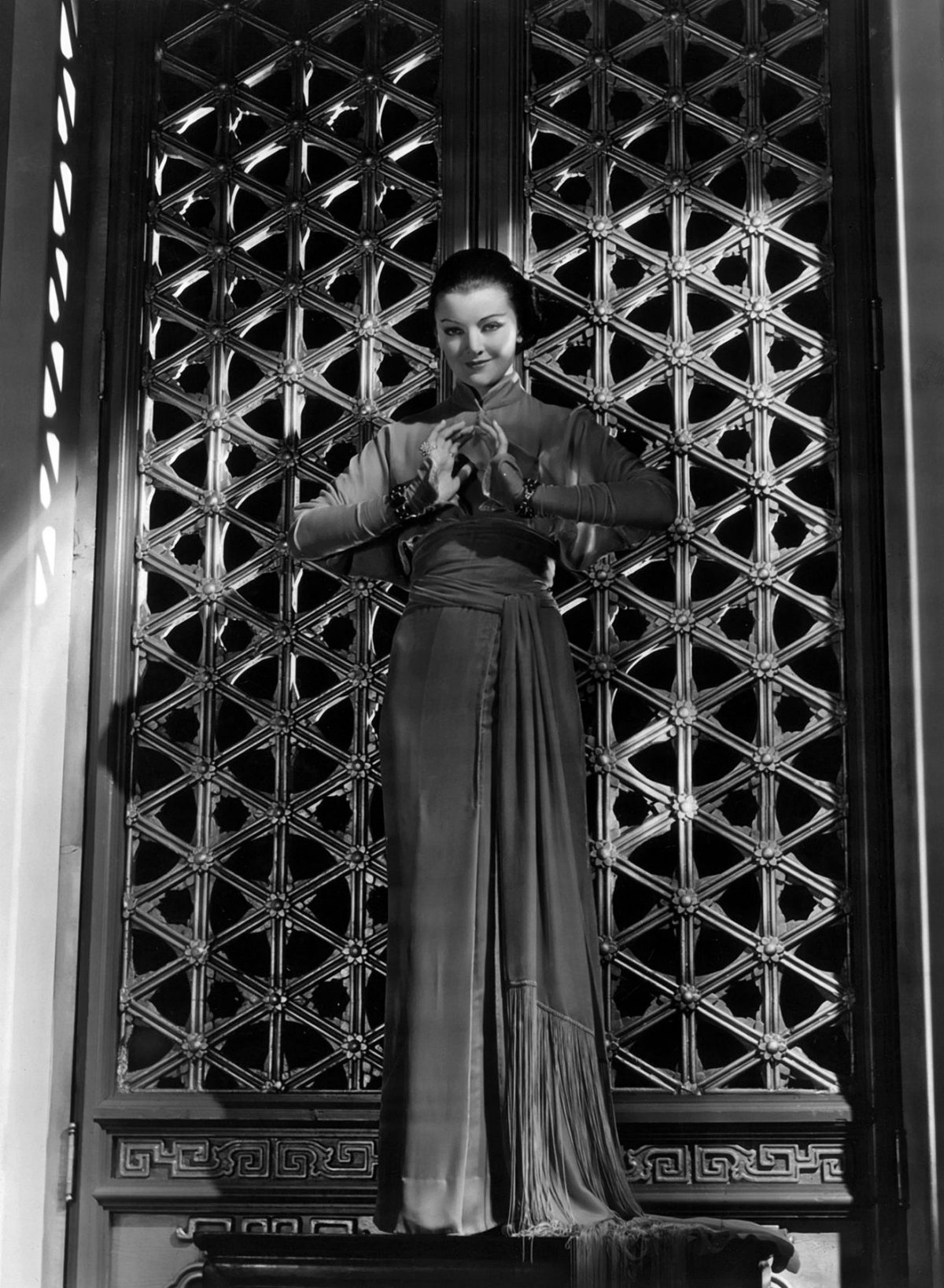
1932: American actress Myrna Loy as Fah So Lee in ‘The Mask Of Fu Manchu’, posing against a decorative screen. The film was directed by Charles Brabin and Charles Vidor for MGM.
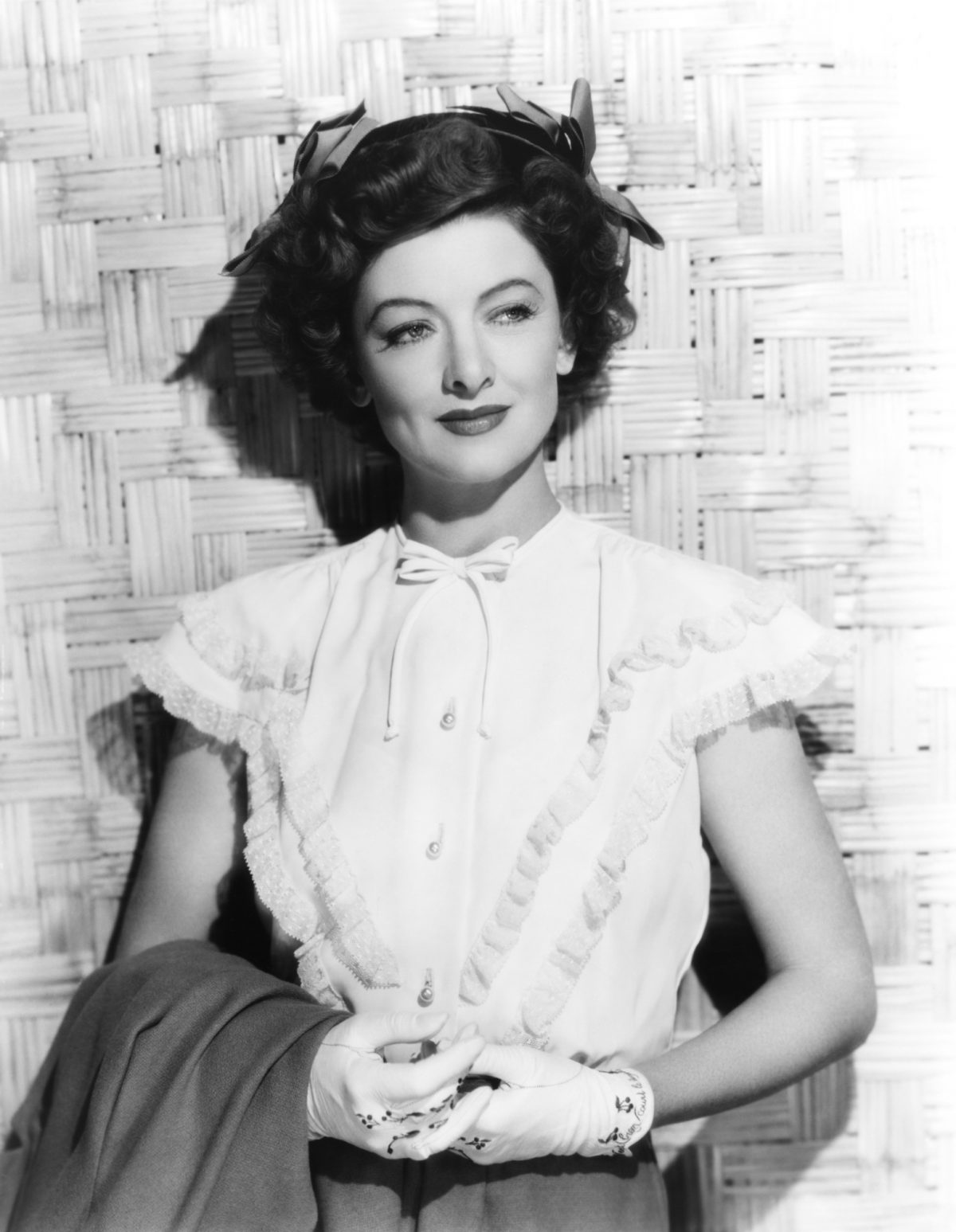
.
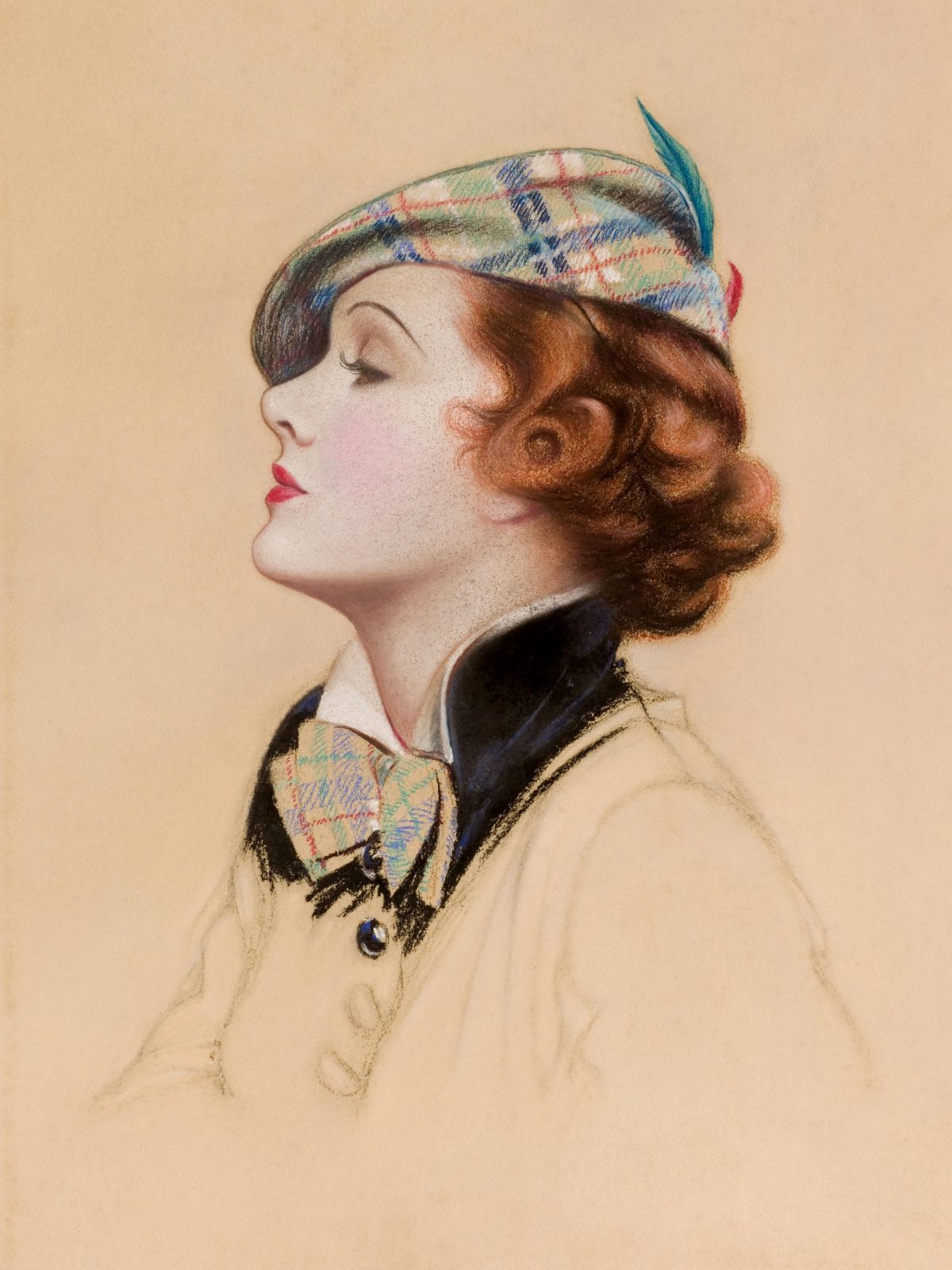
Myrna Loy Movie Classic Magazine
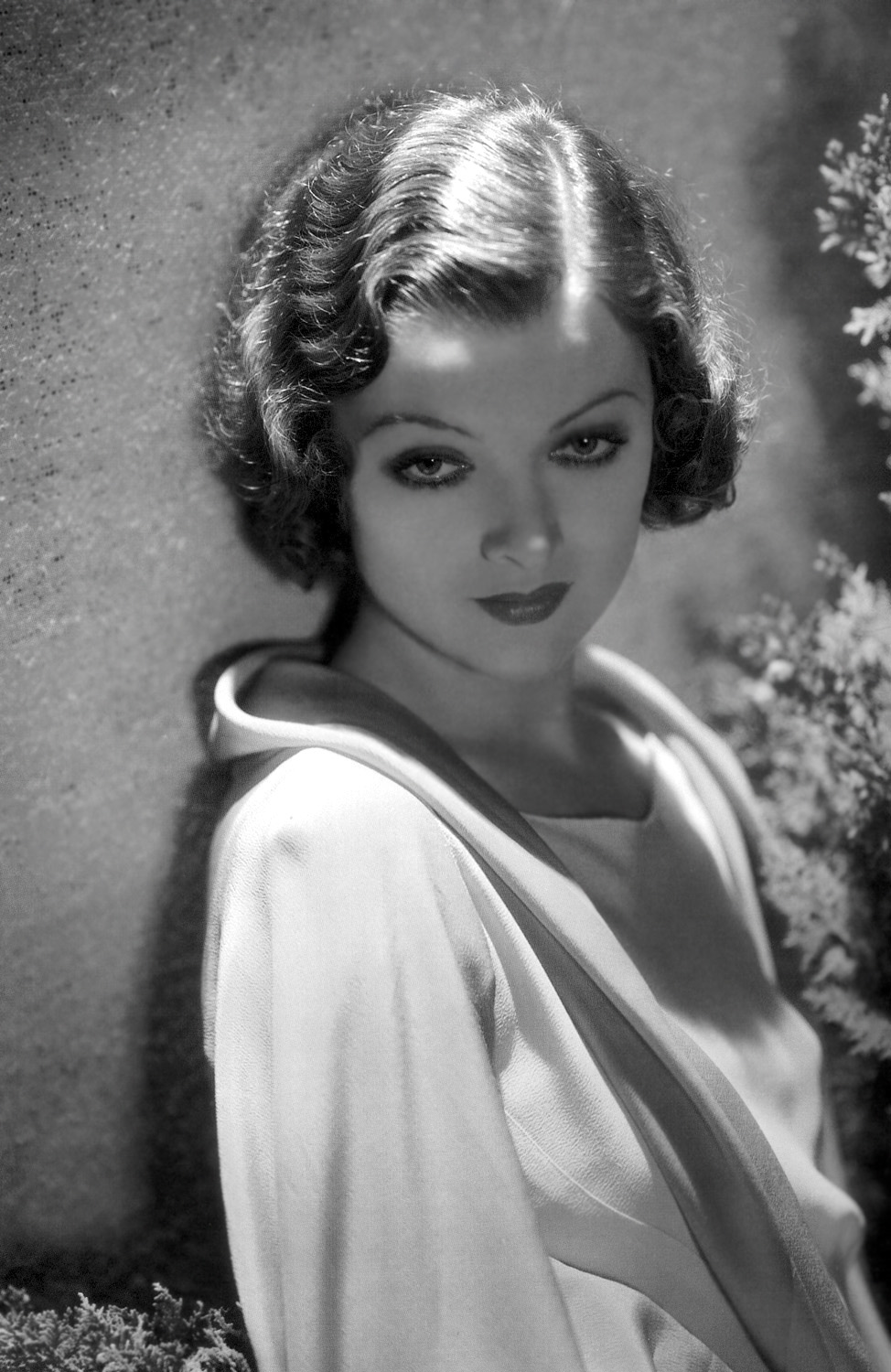
Myrna Loy – by George Hurrell 1932.
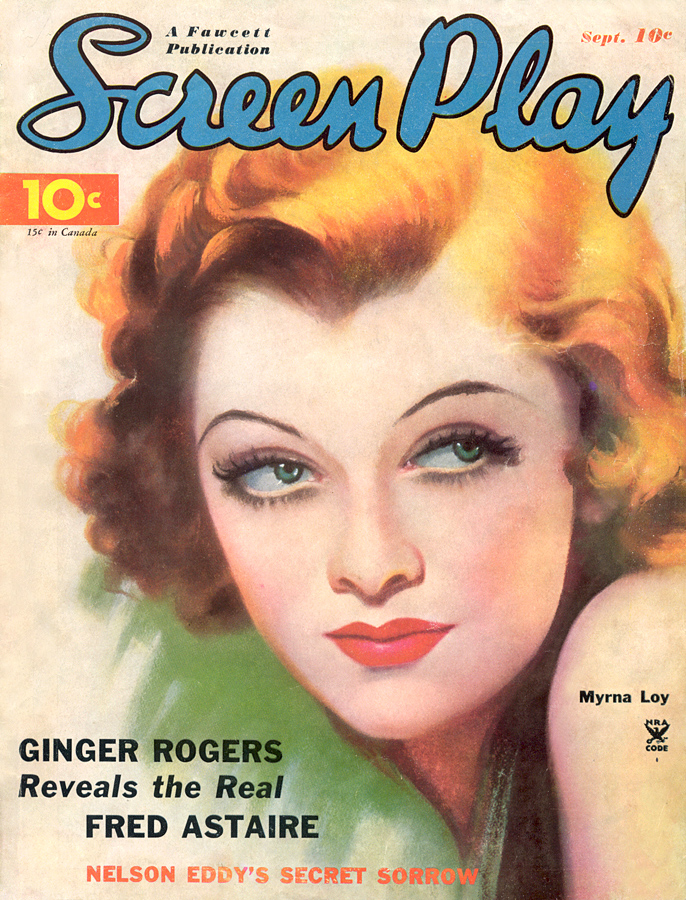
Myrna Loy on the cover of Screen Play
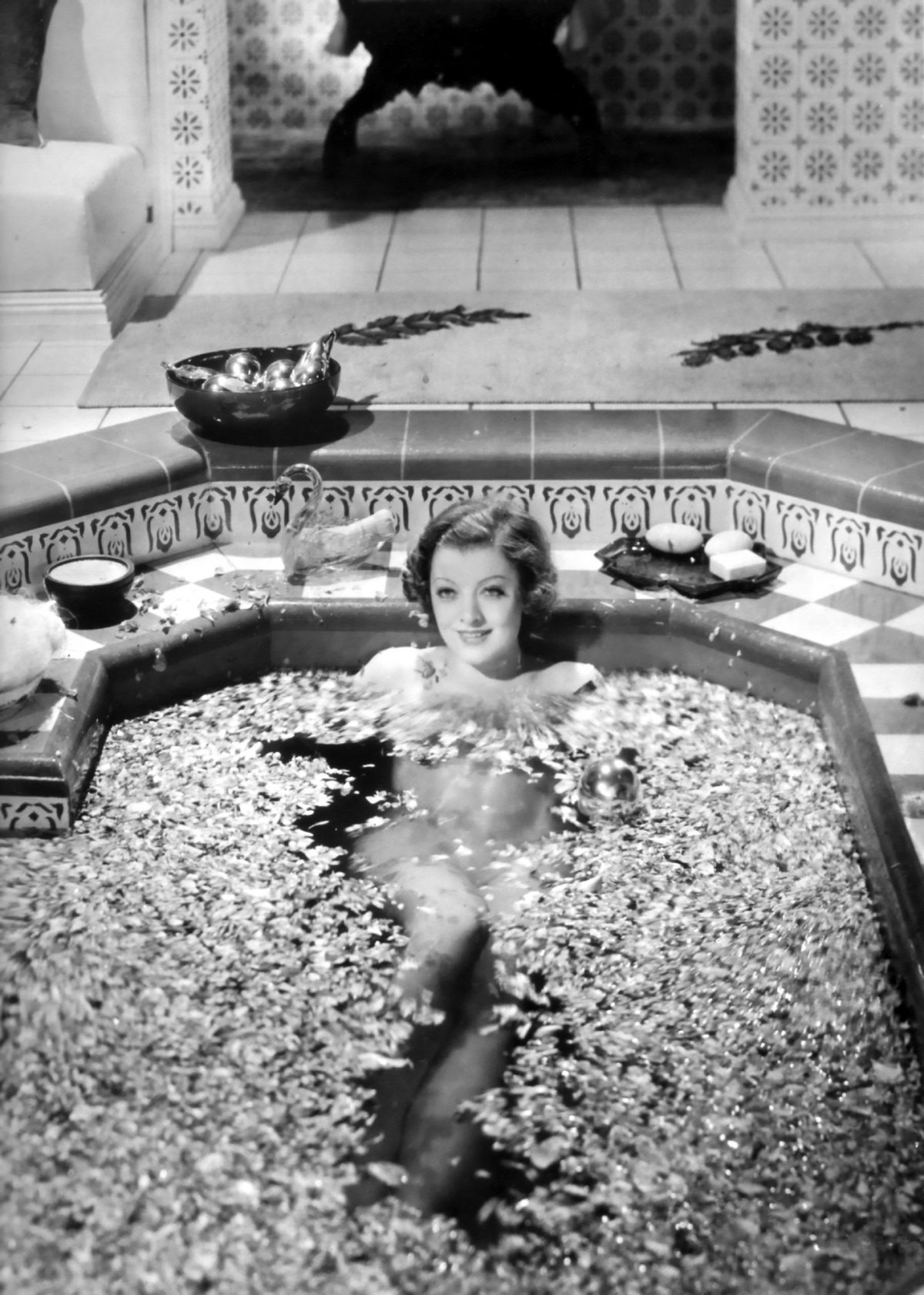
Myrna Loy from The Barbarian aka A Night in Cairo (1933) Loy wrote of this scene in her brilliant autobiography Being and Becoming: “After I was safely submerged in a sunken marble tub, they scattered rose petals on the water, stationing men to keep them circulating with long, toothless rakes. They keep pushing those rose petals closer and closer to cover me–somewhat overzealously, it seemed. I looked up and saw a ring of familiar faces, Culver City friends and neighbors who worked in the studio. Unaware that I wore flesh-toned garments, they were diligently trying to protect the virtue of a local girl. It was so sweet, but didn’t work. Some magazine photographer got in, took a picture that made me look stark naked, and syndicated it all over the world.”
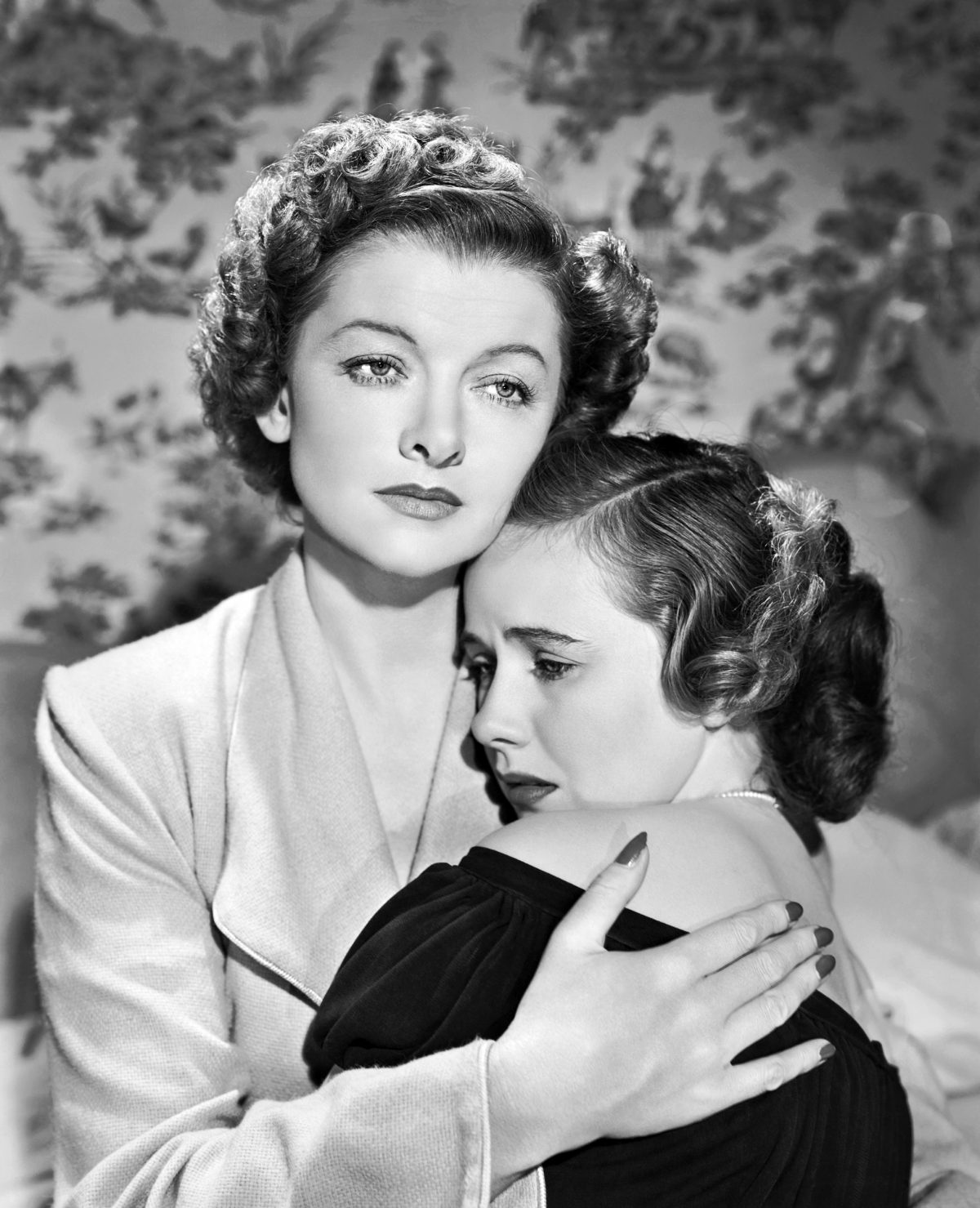
Myrna Loy from Best Years of Our Lives (1946)
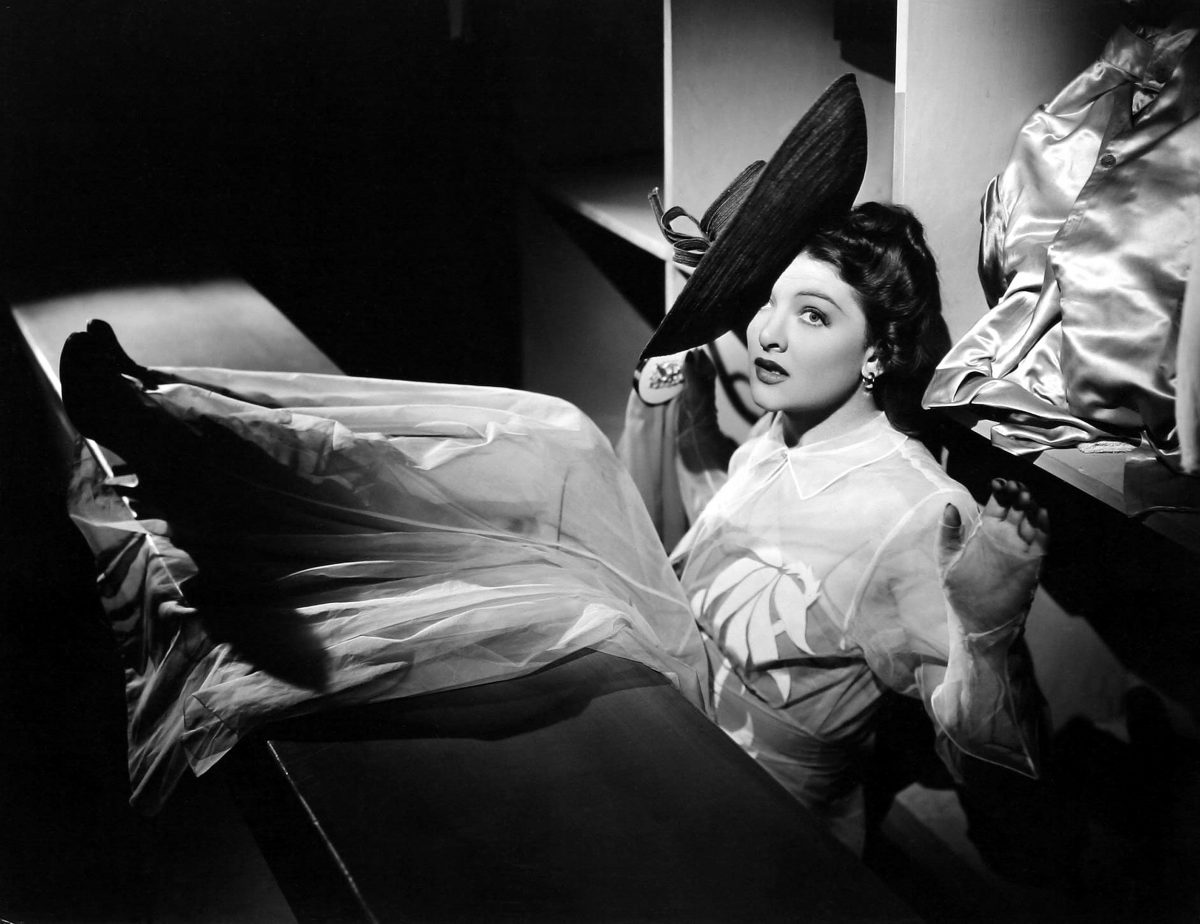
Myrna Loy from the Shadow of the Thin Man (1941)
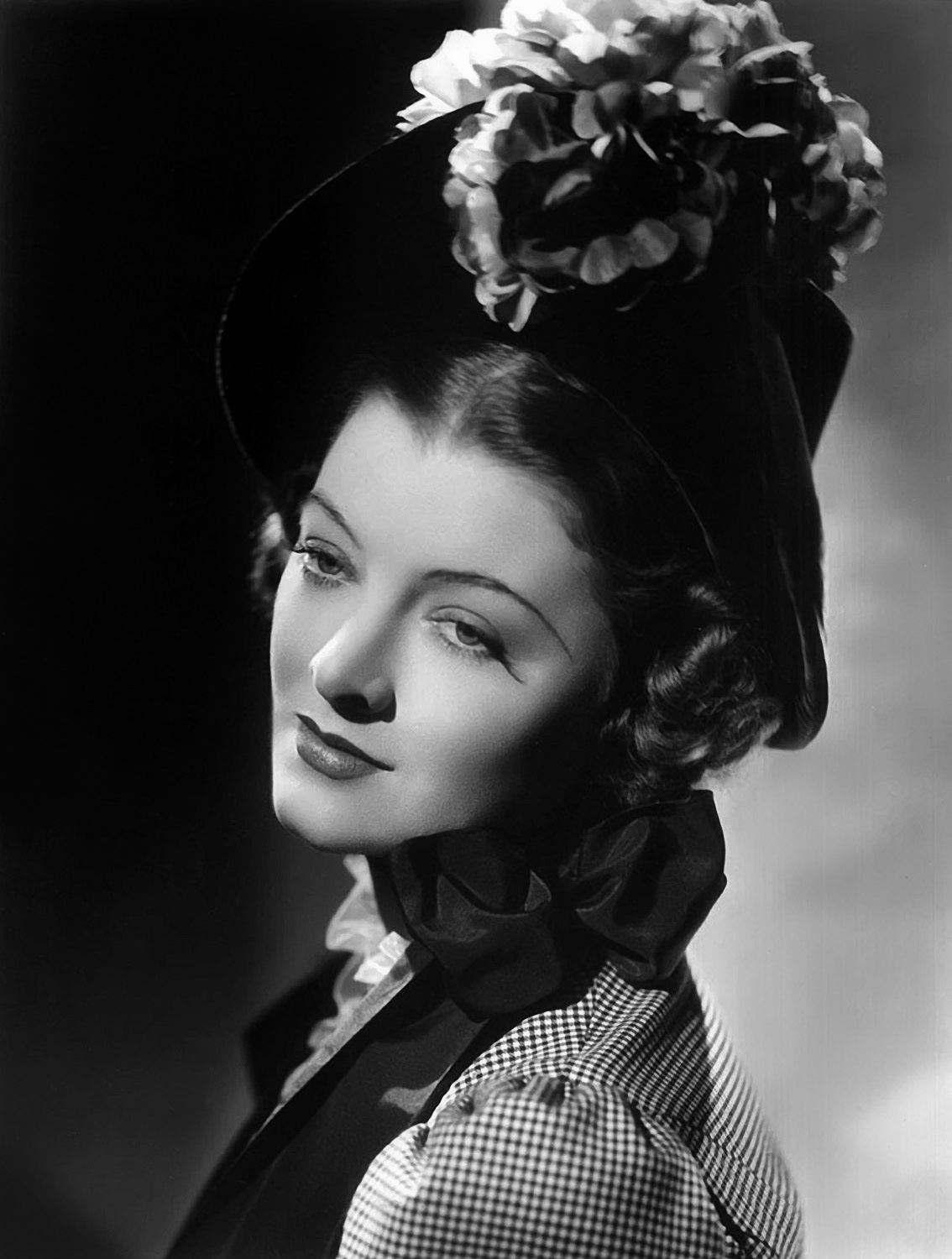
Myrna Loy from Parnell (1937)
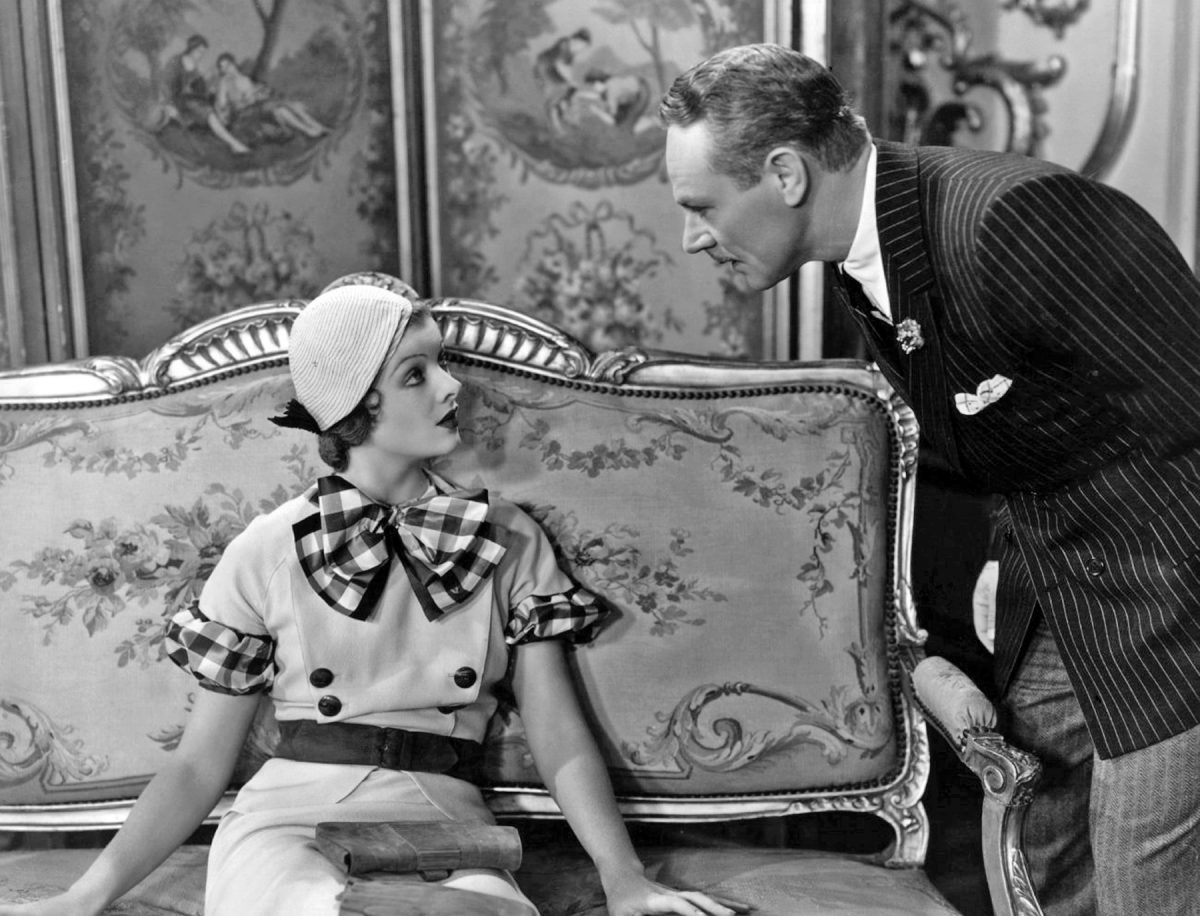
1932: Myrna Loy (1905 – 1993) looks up at Charles Ruggles (1886 – 1970), the American character comedian in a scene from ‘Love Me Tonight’, directed by Rouben Mamoulian for Paramount.
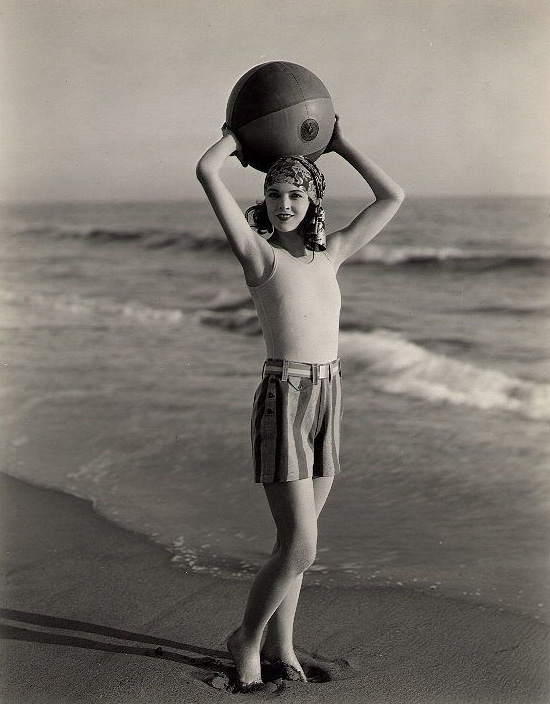
Myrna Loy
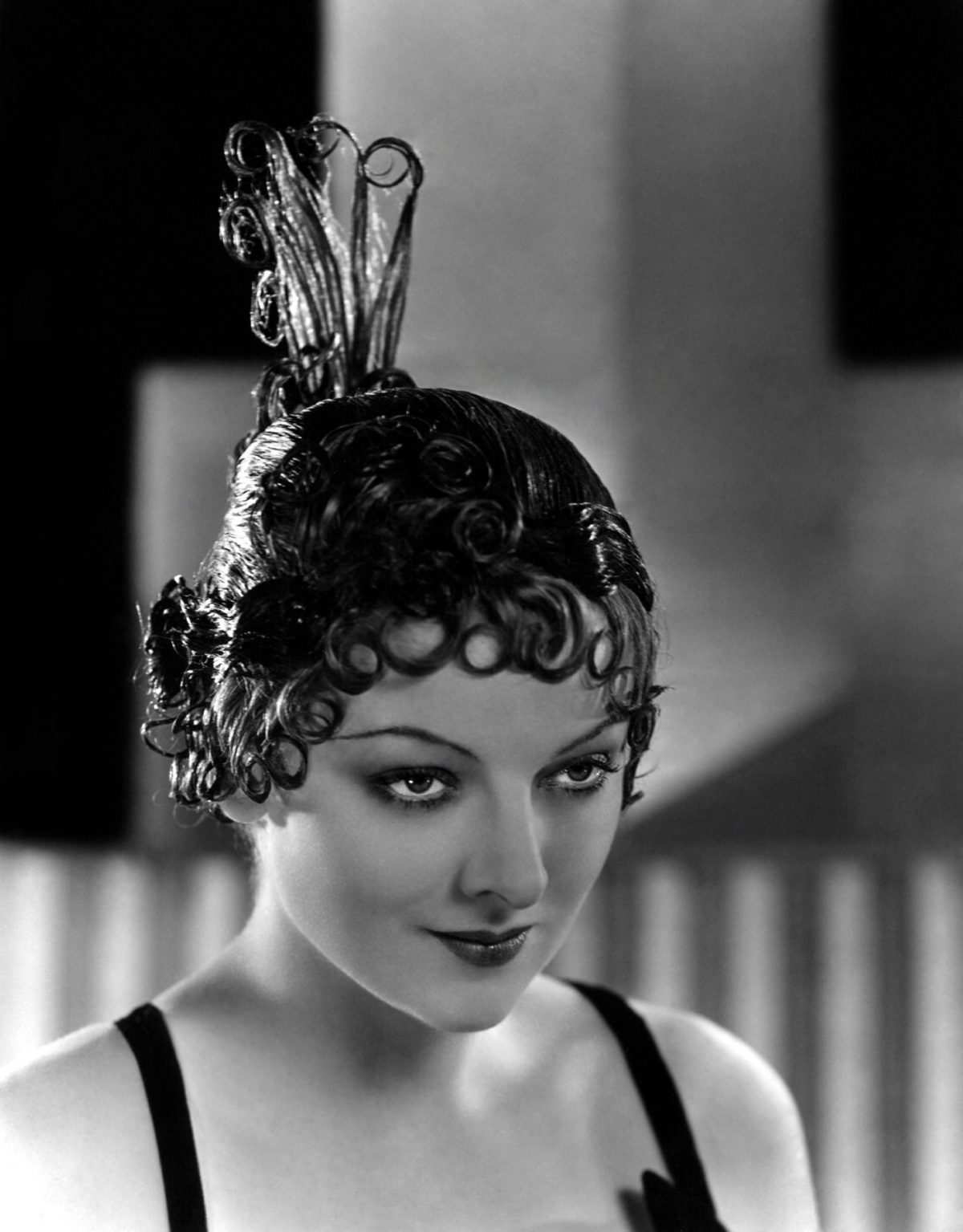
circa 1925: Myrna Loy (1905 – 1993), the American leading lady who was awarded an Oscar in 1991 for her lifetime achievements. She is wearing a lacquered wig created by Dermott of London and called ‘Speakeasy’.
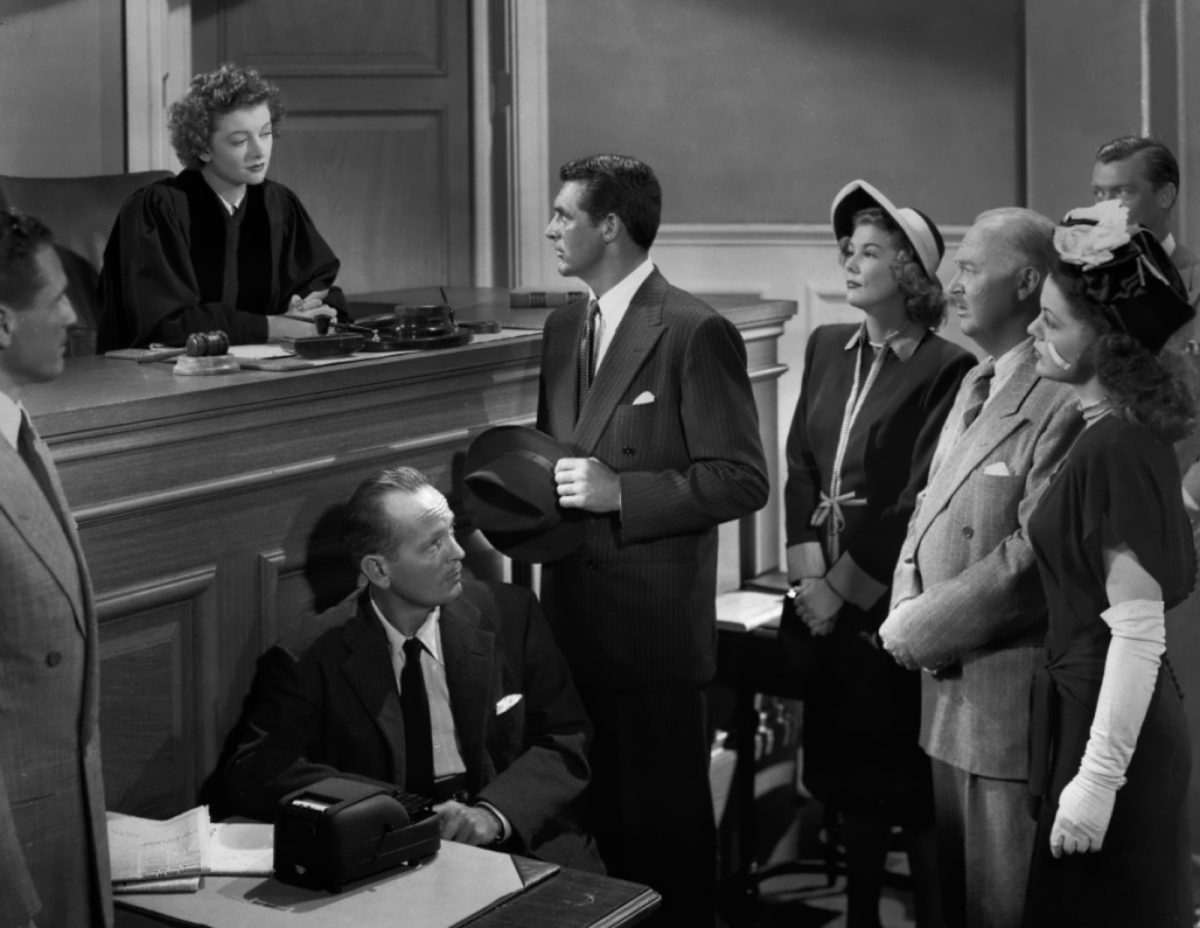
The Bachelor and the Bobby Soxer (1947)
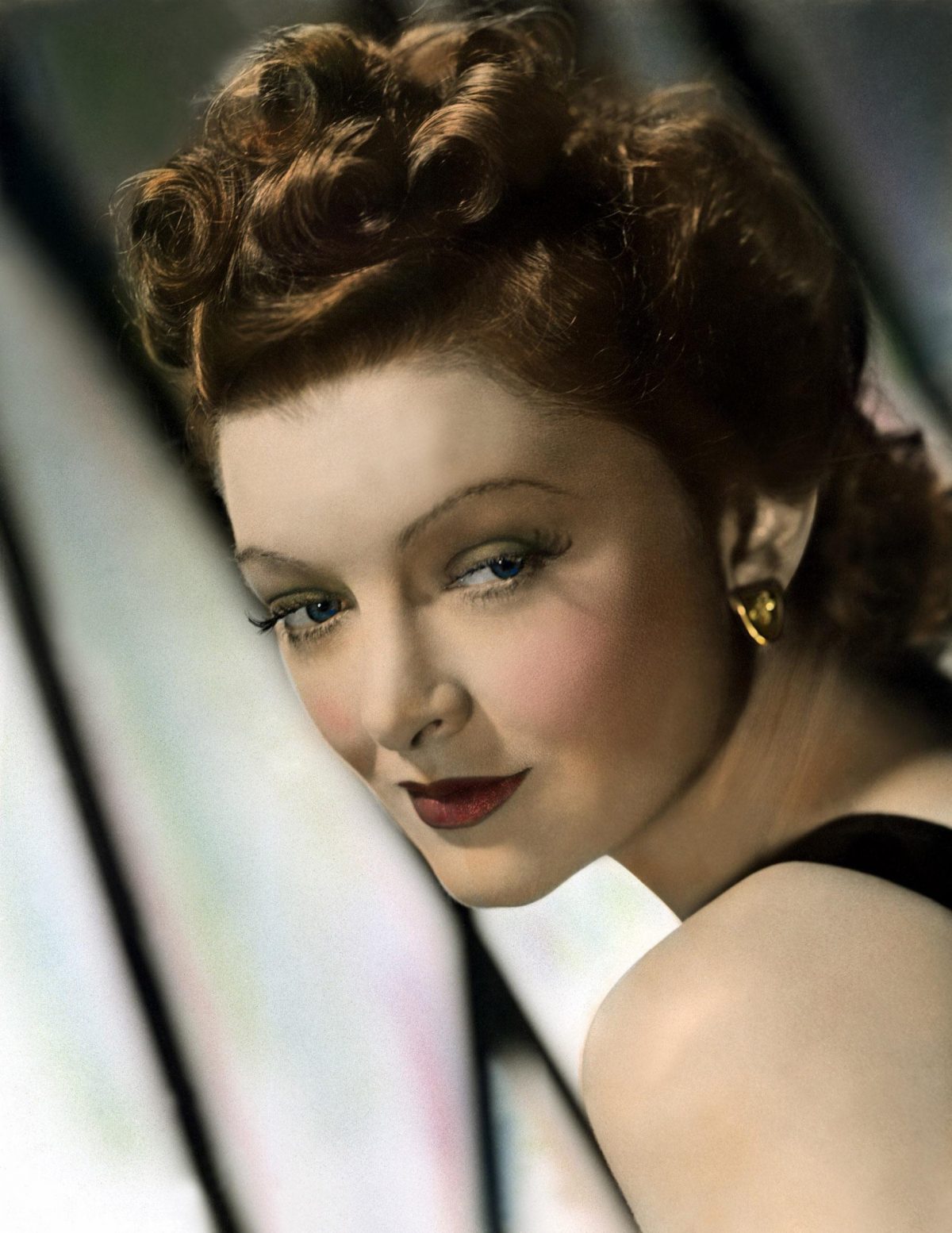
.
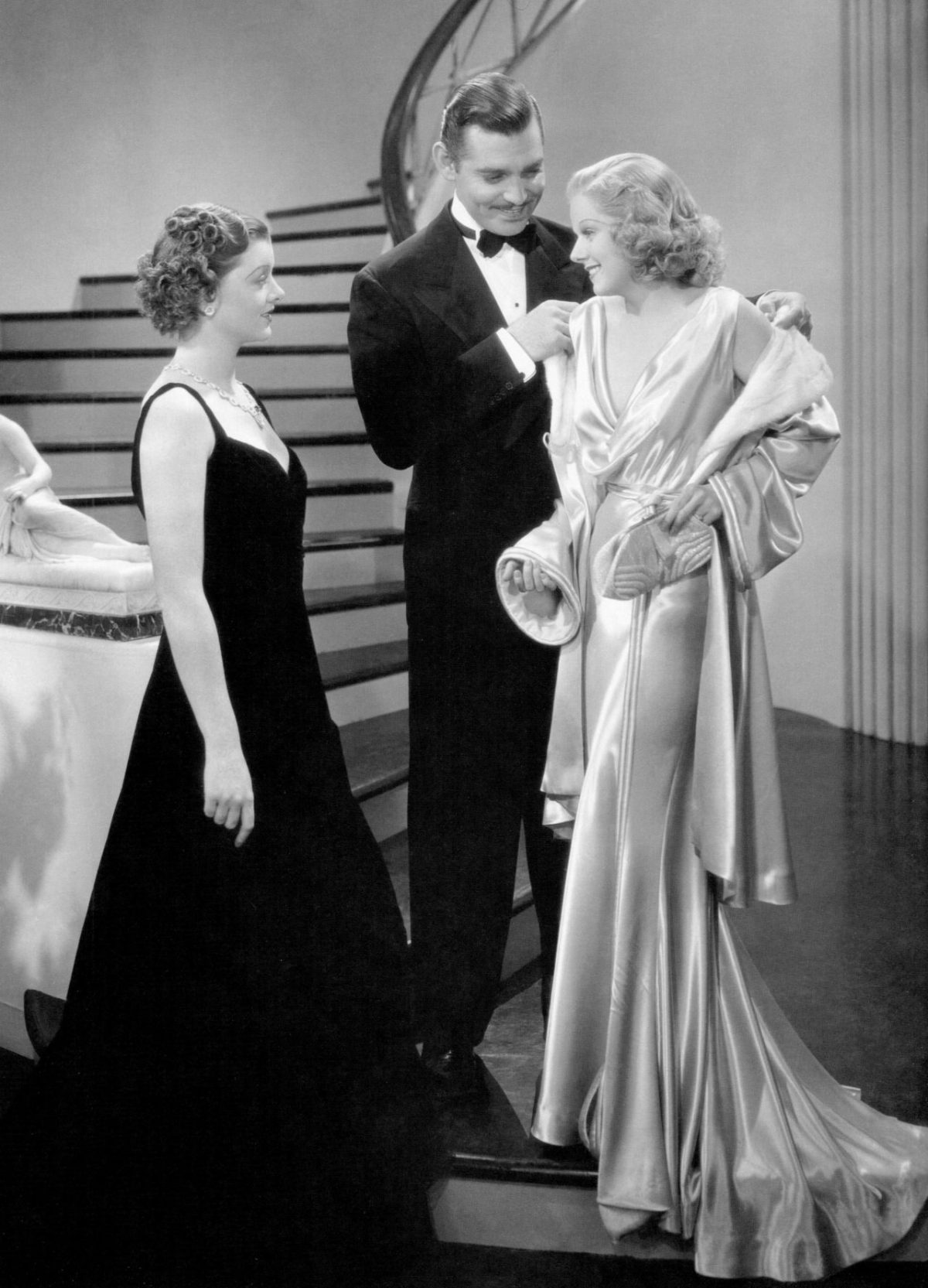
Jean Harlow, Myrna Loy, and Clark
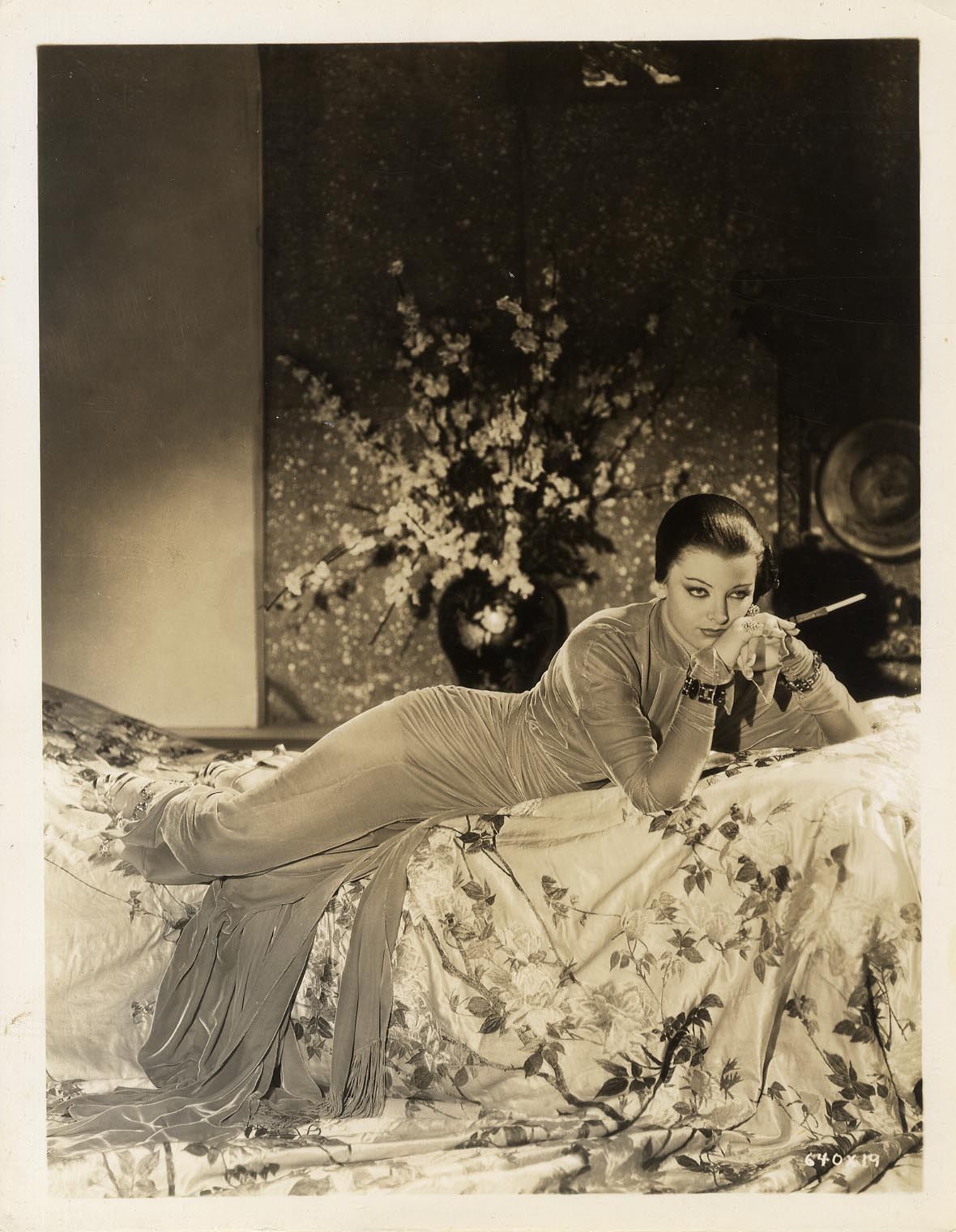
The Mask of Fu Manchu 1932
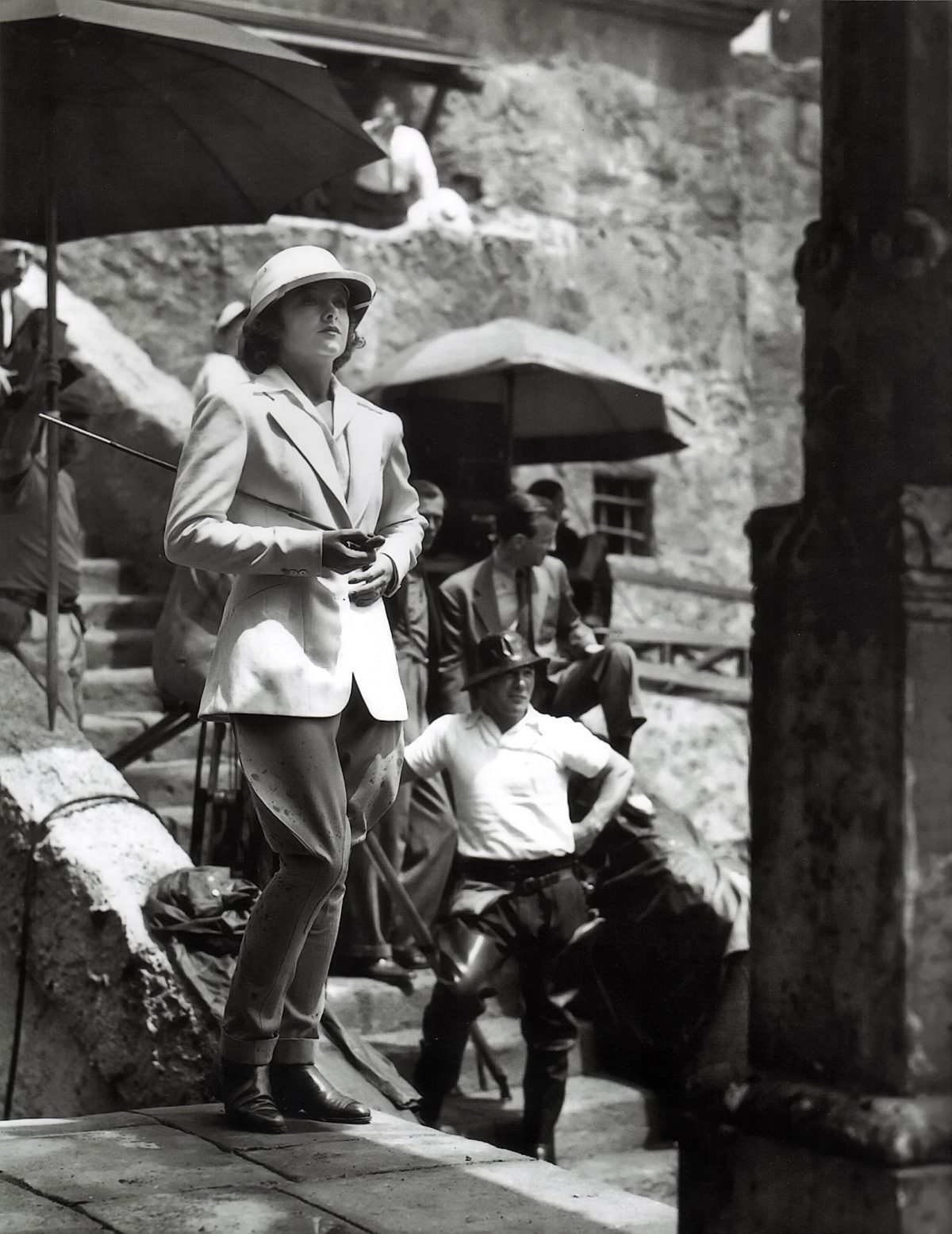
Myrna Loy-1939-The Rains Came

.
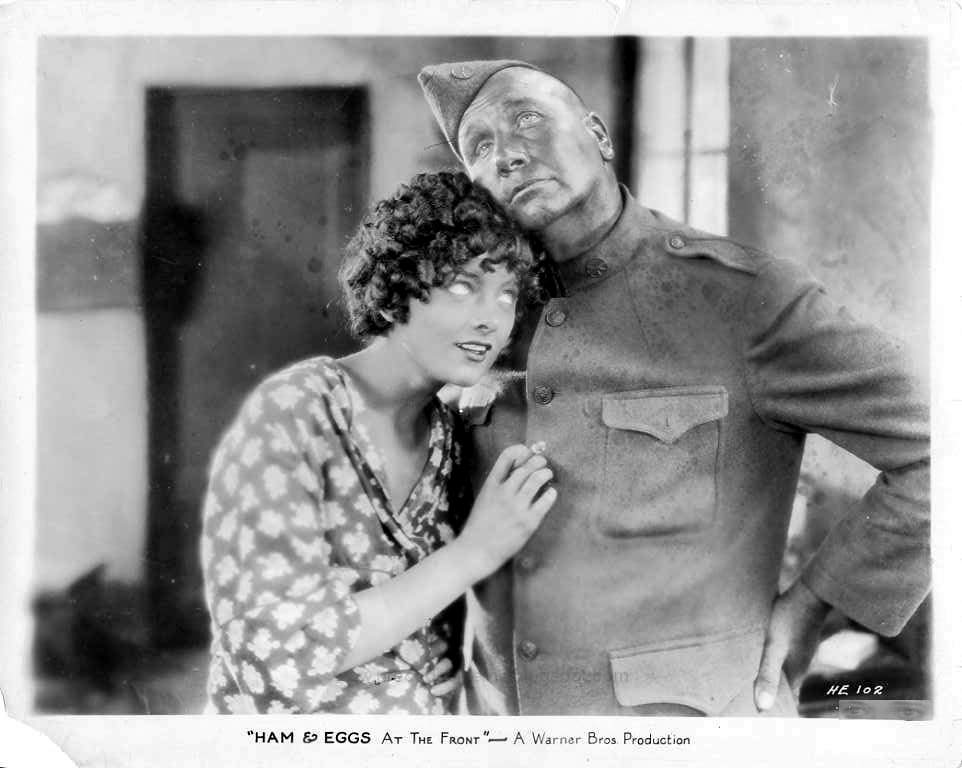
Ham and Eggs at the Front Myrna Loy – In her autobiography Being and Becoming Loy wrote about her ‘exotic’ roles in her early movies and wrote of her appearance in Ham and Eggs at the Front as ‘shameful’:
“But these exotica started to predominate. My bit as a mulatto in The Heart of Maryland led to a role that I’m very much ashamed of. Zanuck wrote Ham and Eggs at the Front, a blackface parody of What Price Glory? casting me as a spy. How could I ever have put on blackface? When I think of it now, it horrifies me. Well, our awareness broadens, thank God! It was a tasteless slapstick comedy that I mercifully recall very little about.”
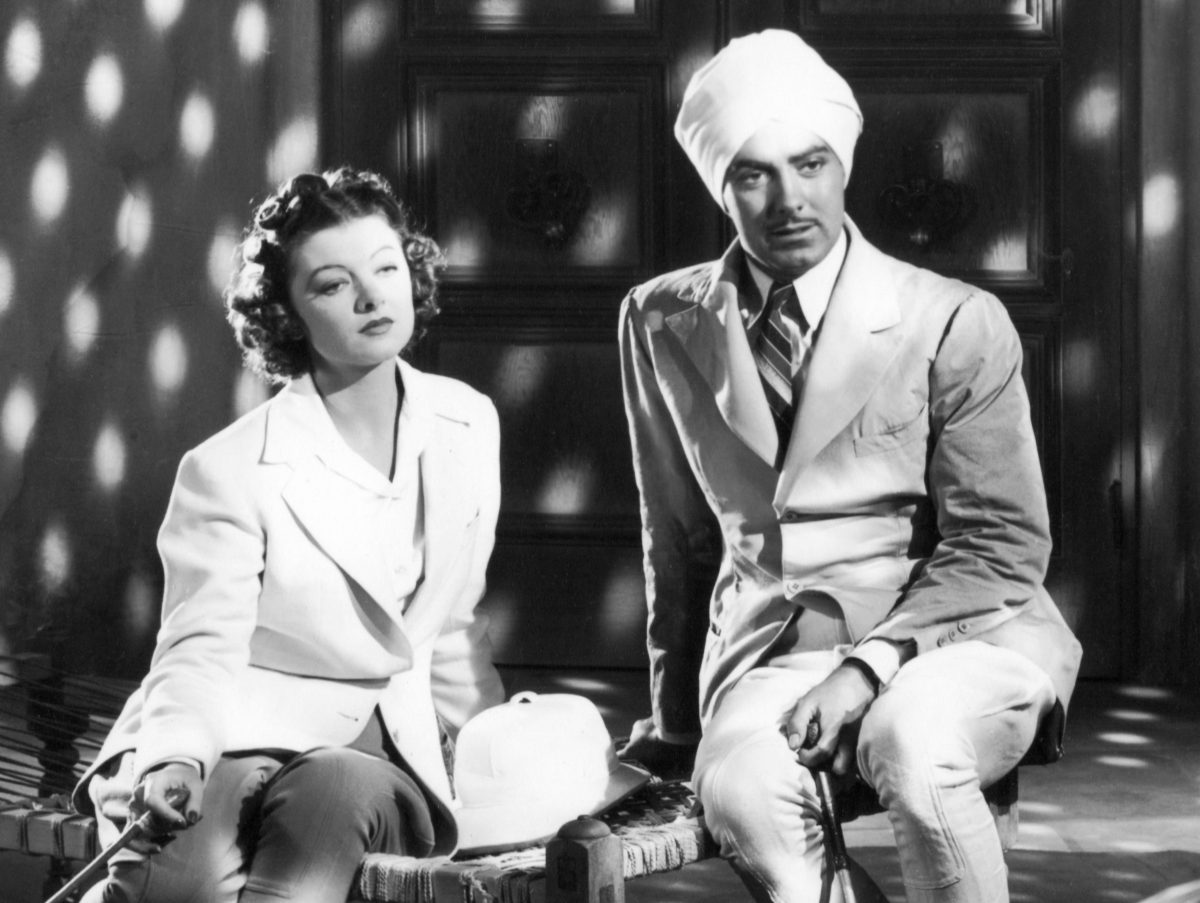
Loy and Tyrone Power in The Rains Came (1939)
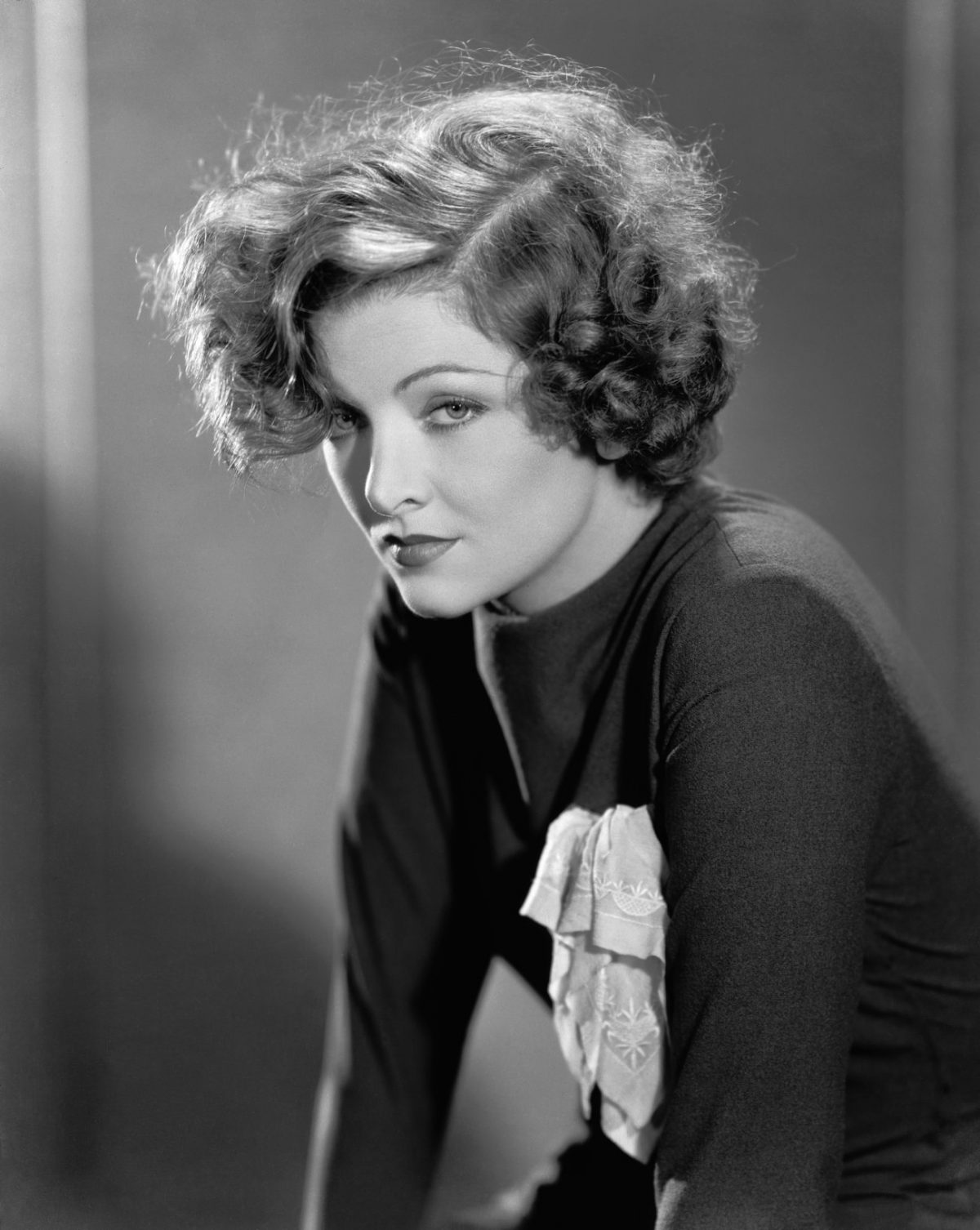
.
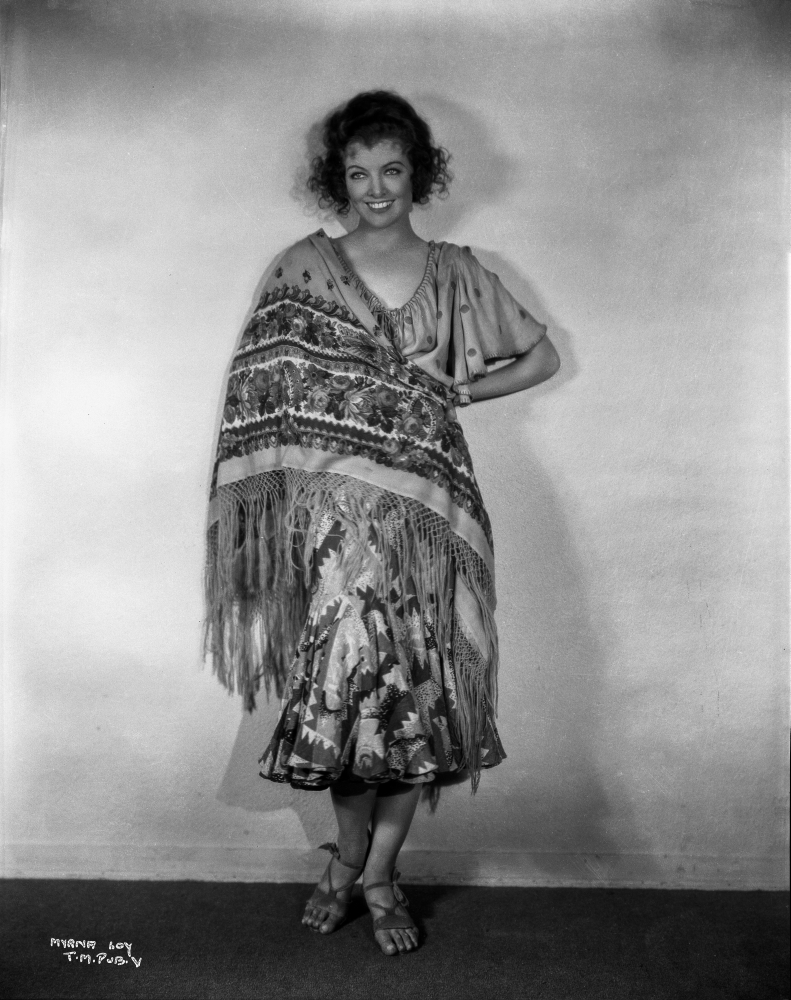
Myrna Loy
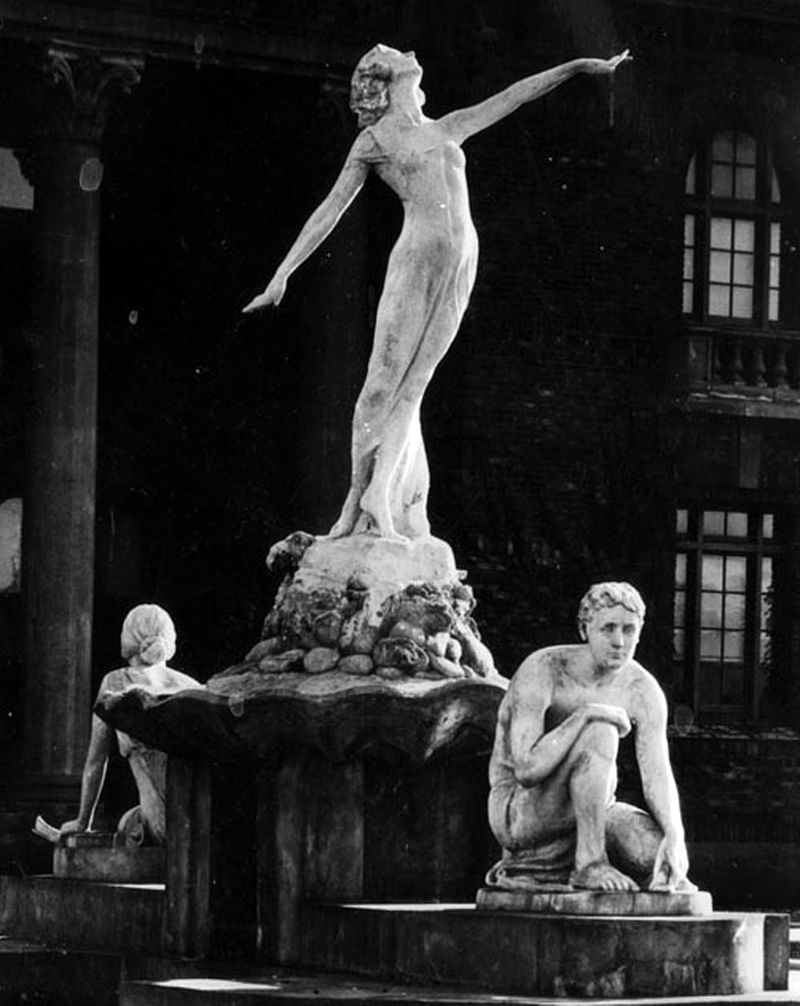
Venice High School – Fountain of Education – The statue was modelled by Myrna Williams in 1922. In the opening scenes of Grease you can see the statue of Myrna Loy in front of “Rydell High” when John Travolta meets up with his buddies following their summer vacation (just as the movie’s cartoon credits fade into an actual shot of the high school).
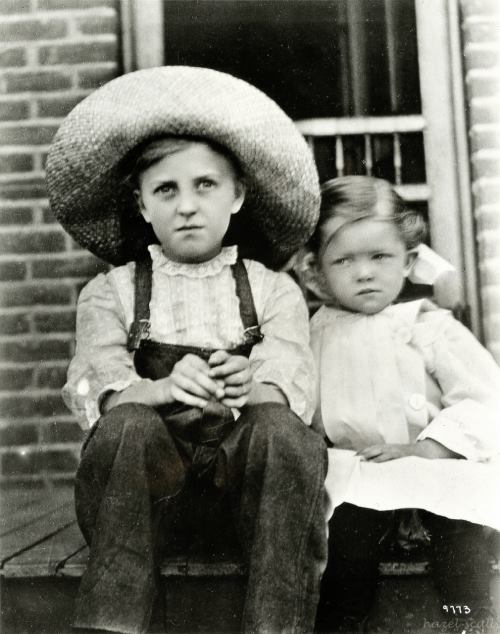
Myrna Loy (right) and her cousin, Laura Belle Wilder, age six. This photo was taken on the porch of her grandmother’s home.
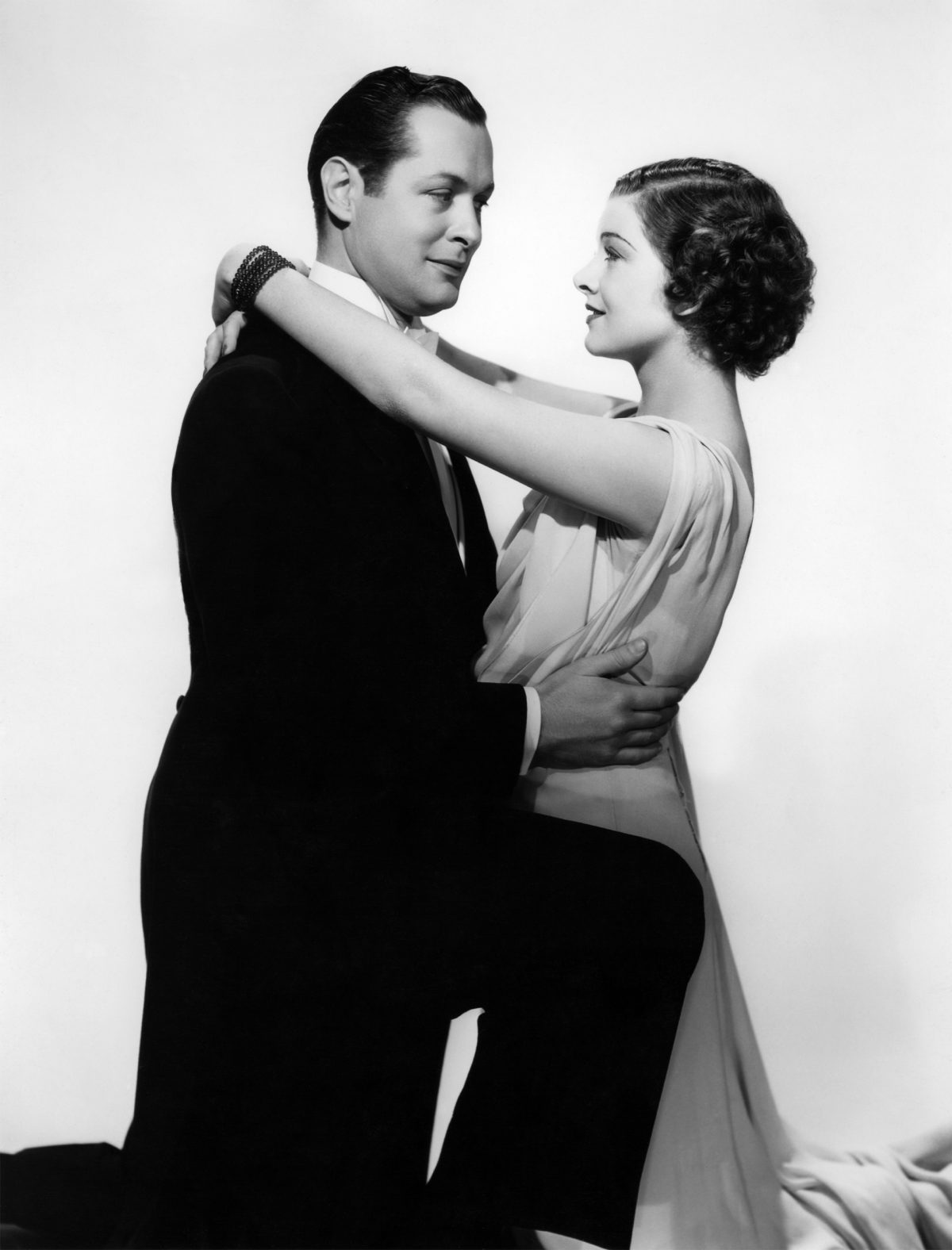
Myrna Loy from When Ladies Meet
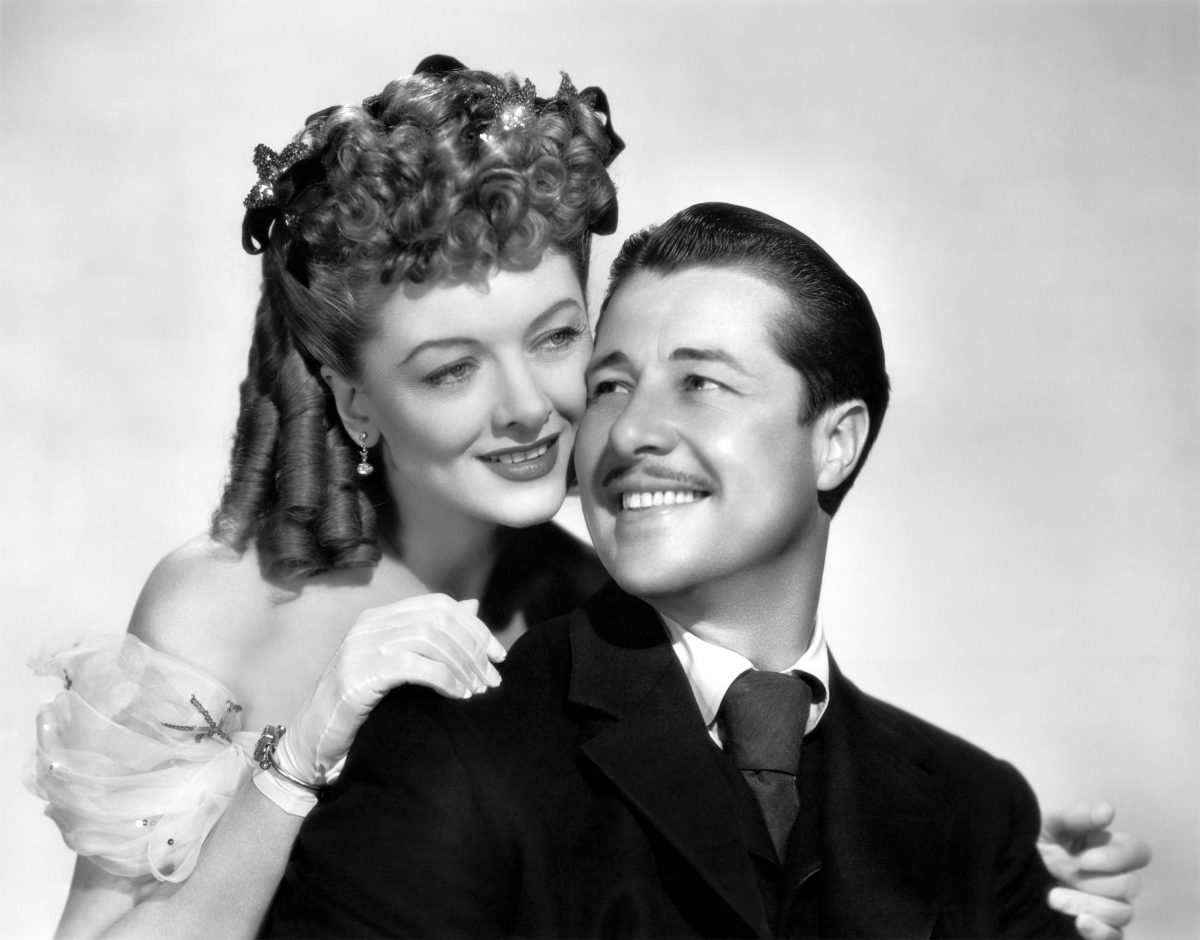
Myrna Loy from So Goes My Love (1946)
Would you like to support Flashbak?
Please consider making a donation to our site. We don't want to rely on ads to bring you the best of visual culture. You can also support us by signing up to our Mailing List. And you can also follow us on Facebook, Instagram and Twitter. For great art and culture delivered to your door, visit our shop.

